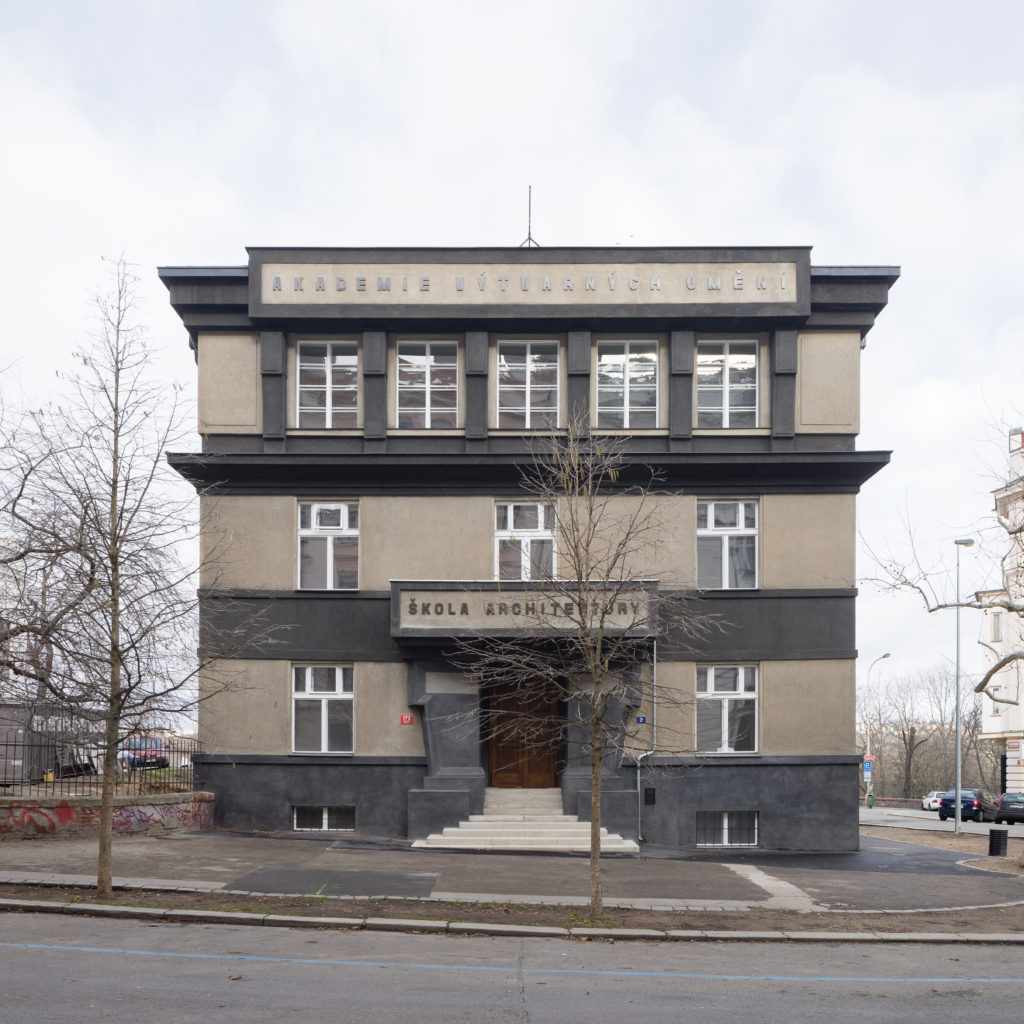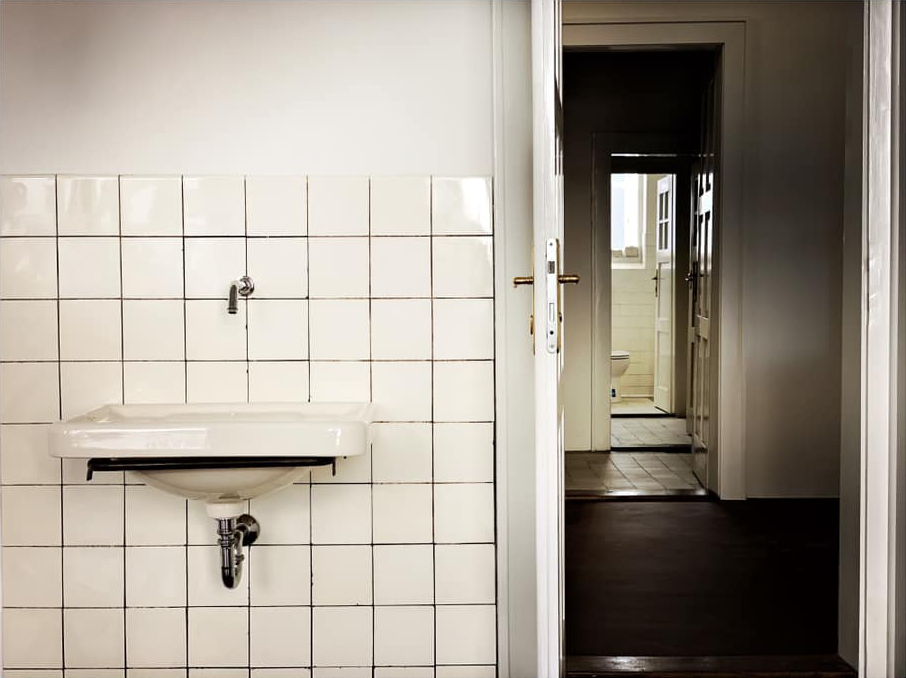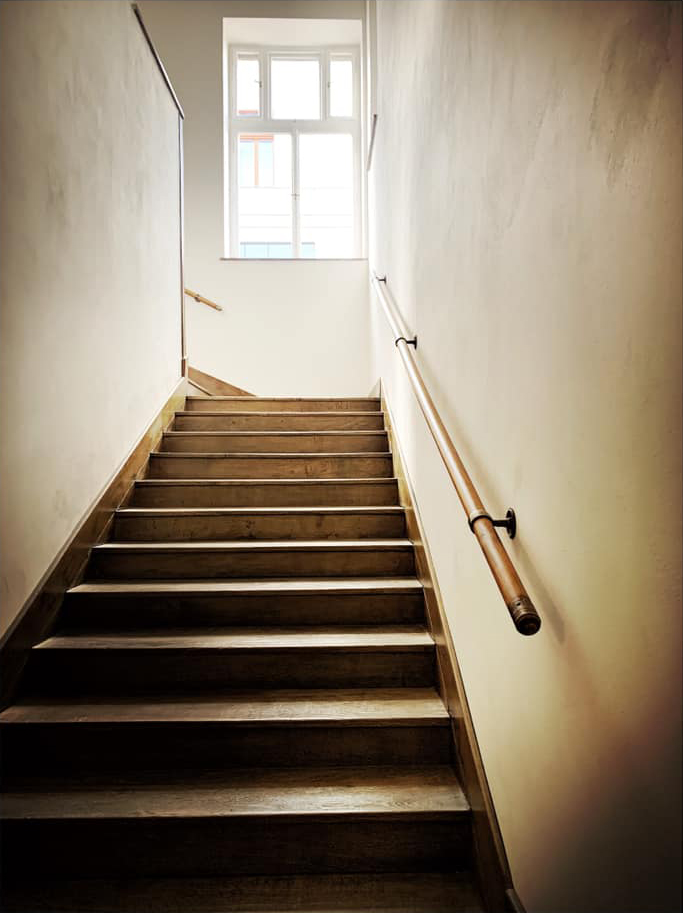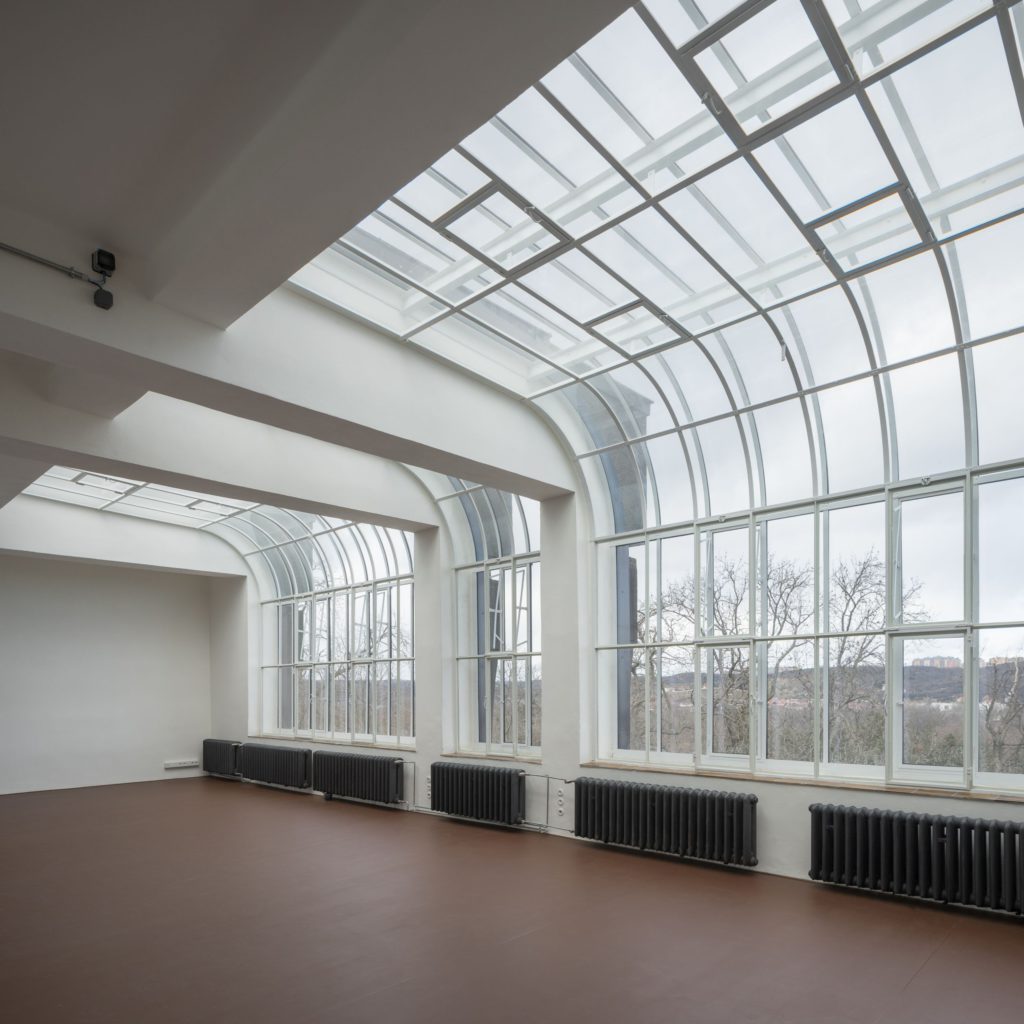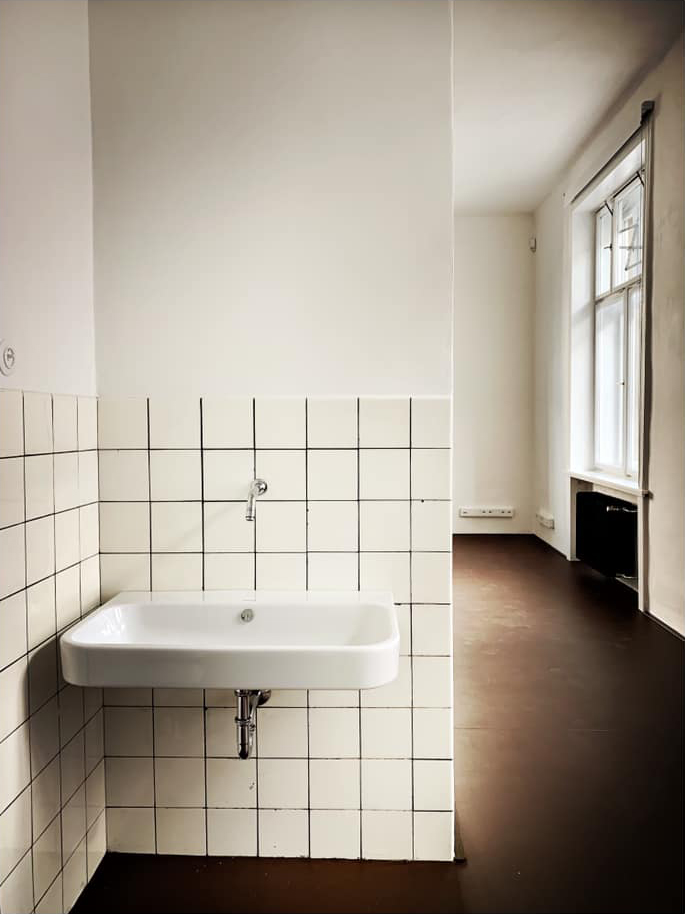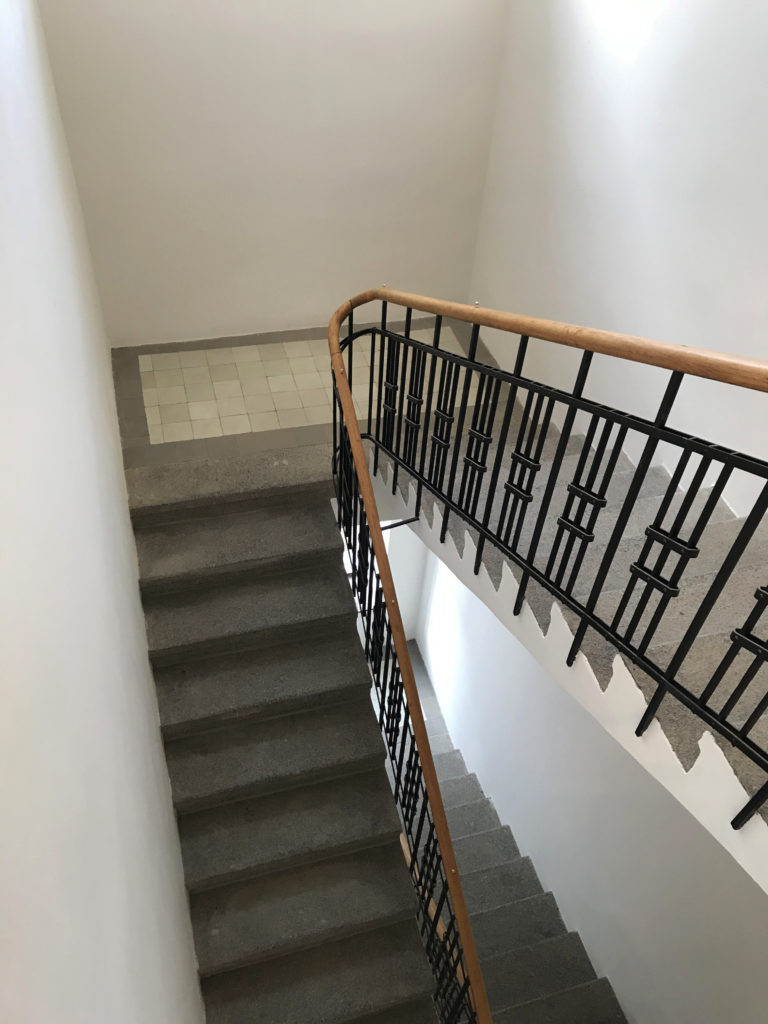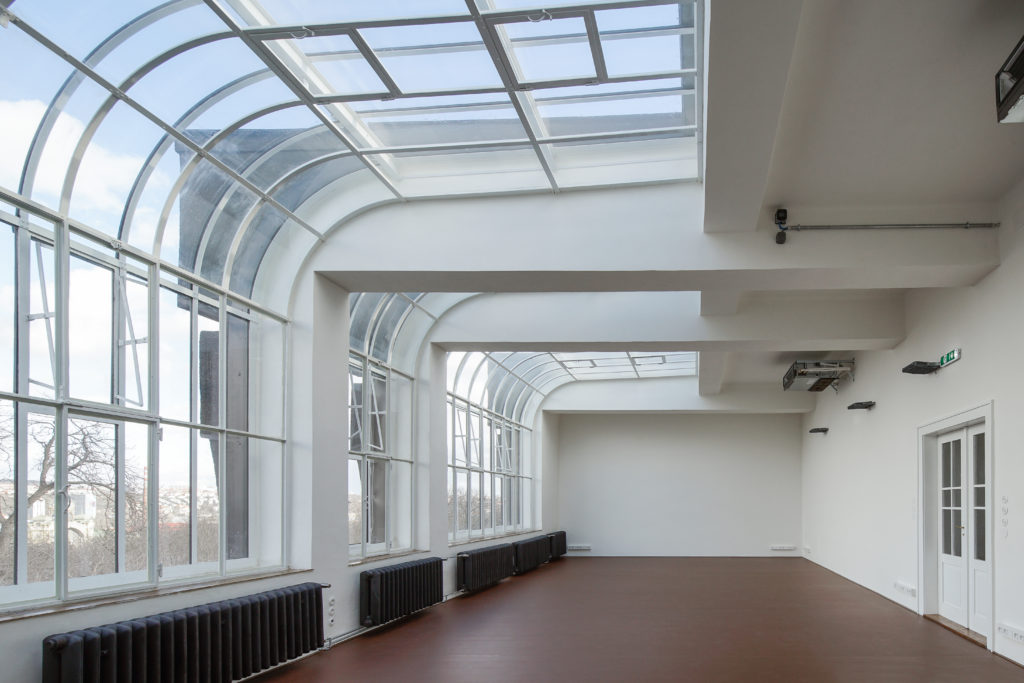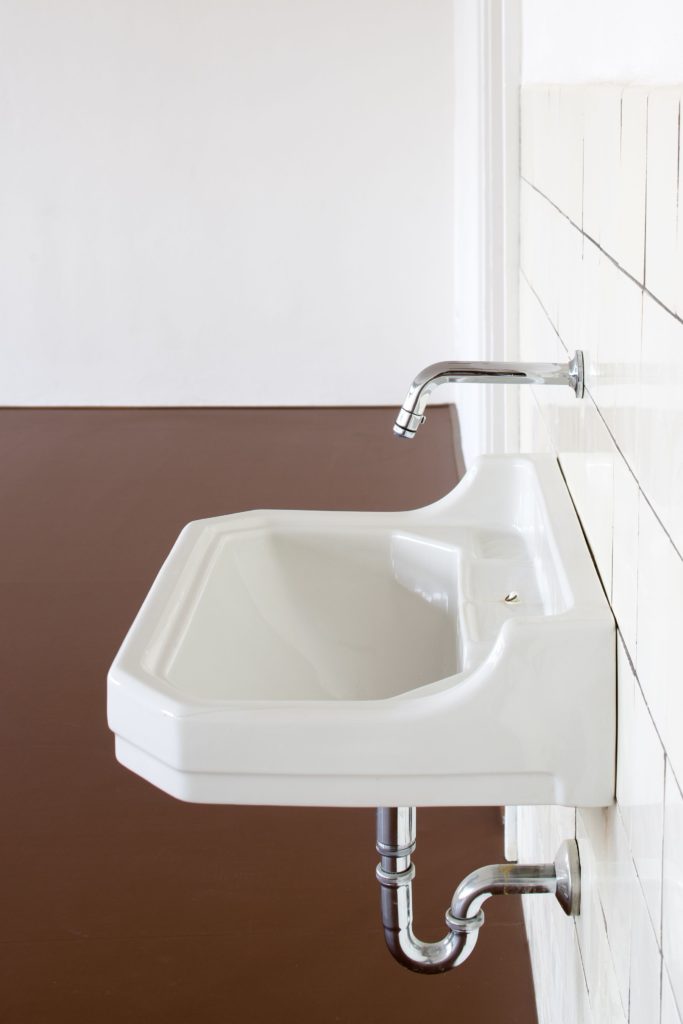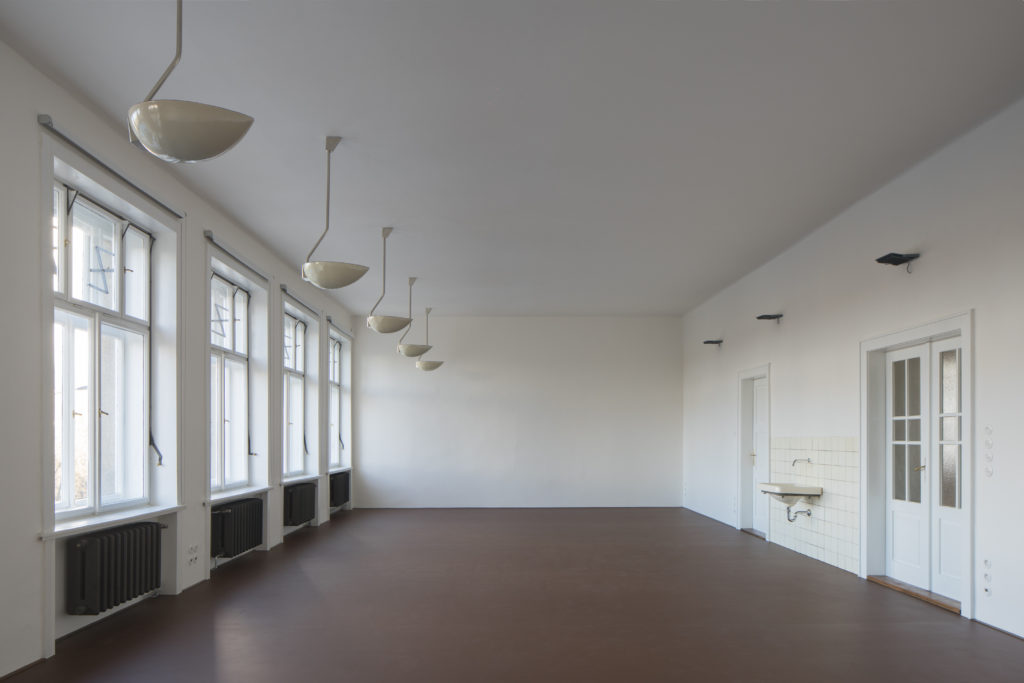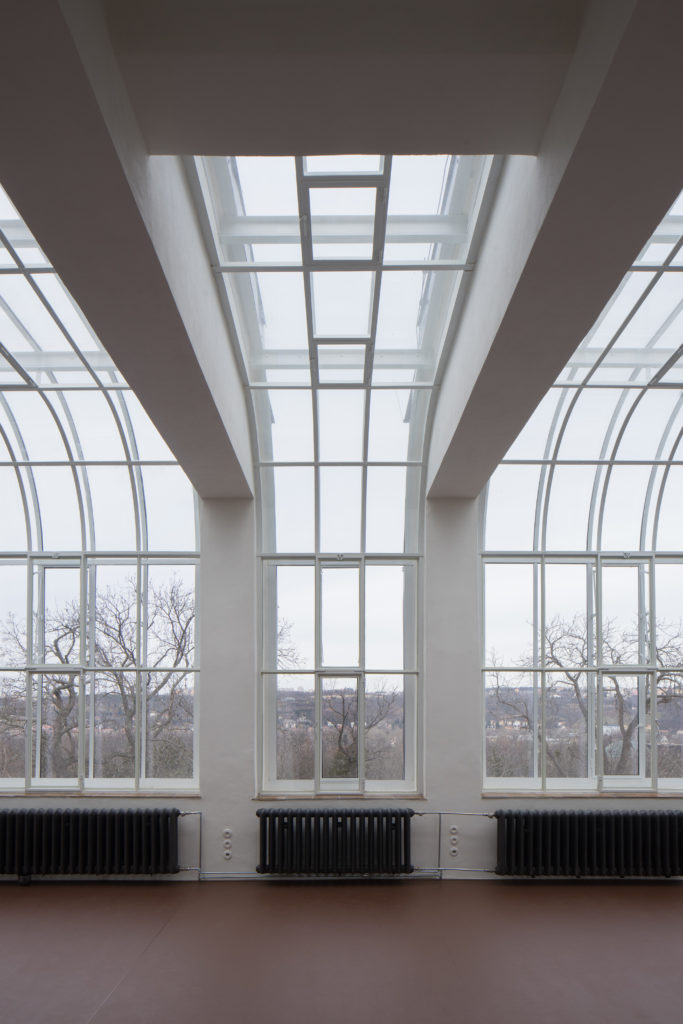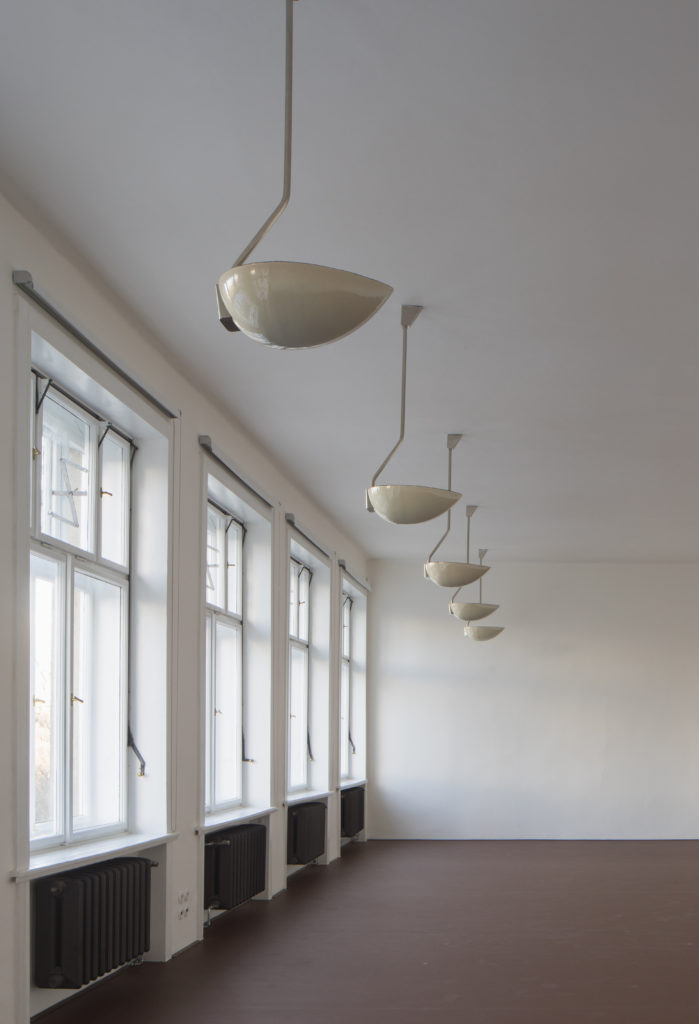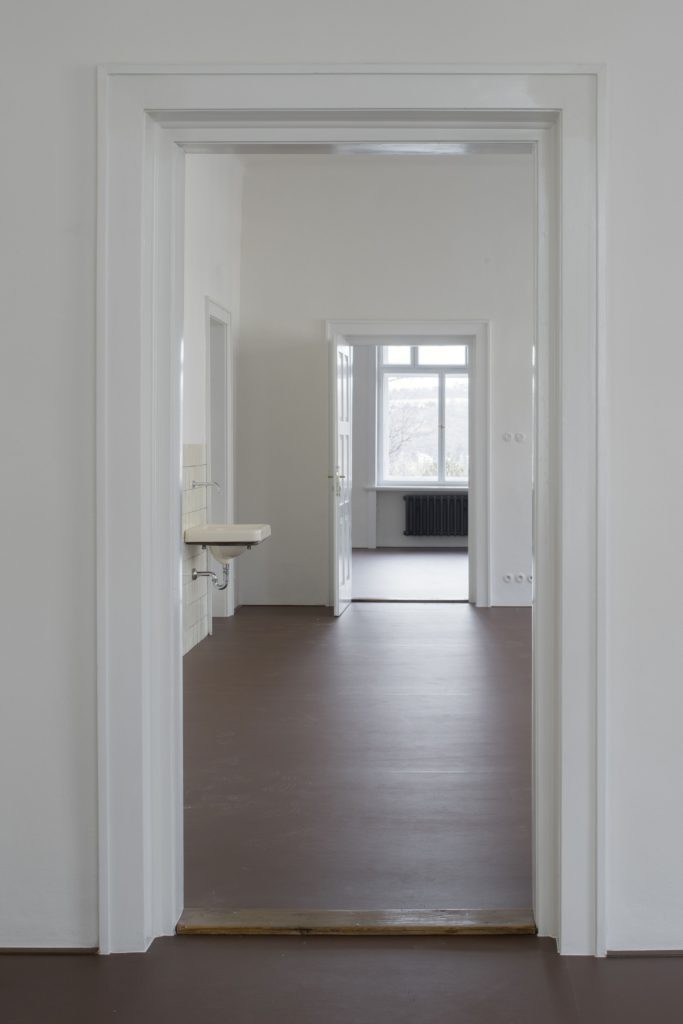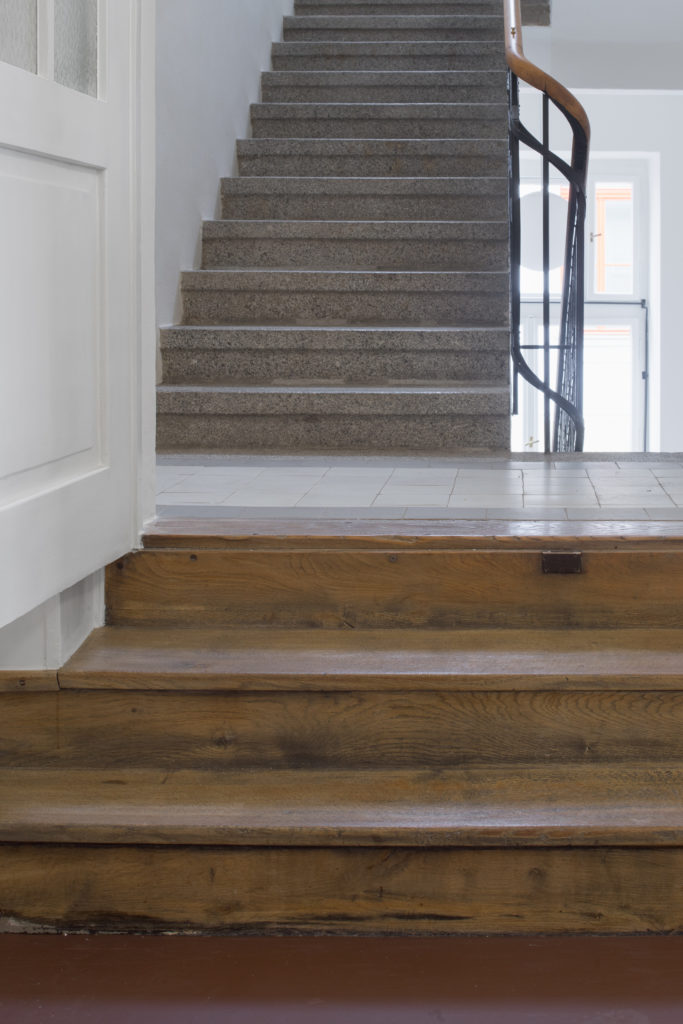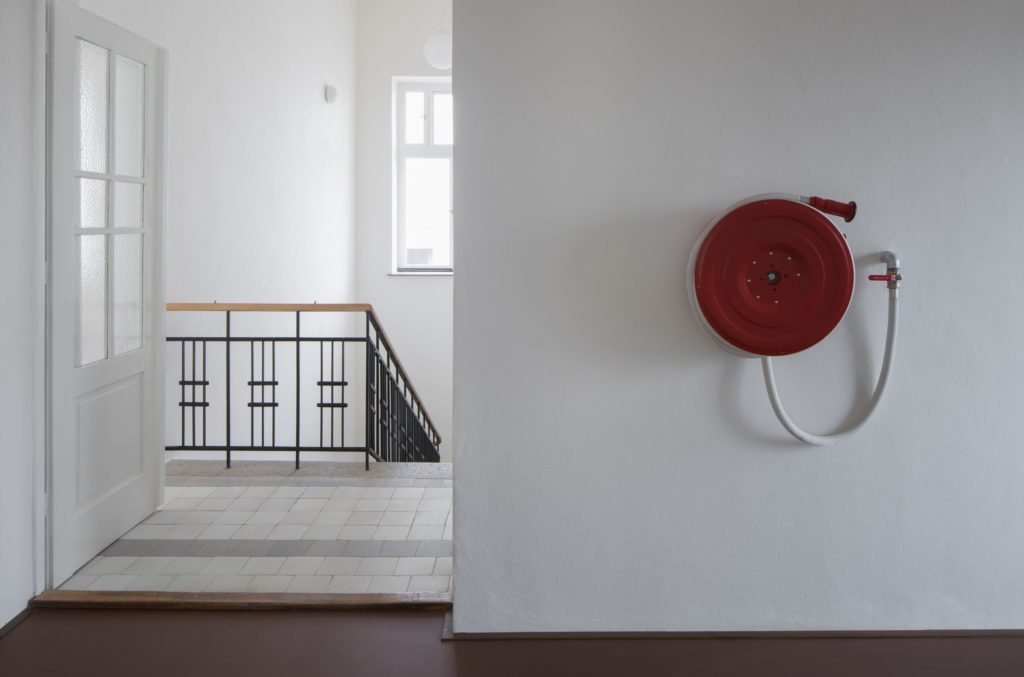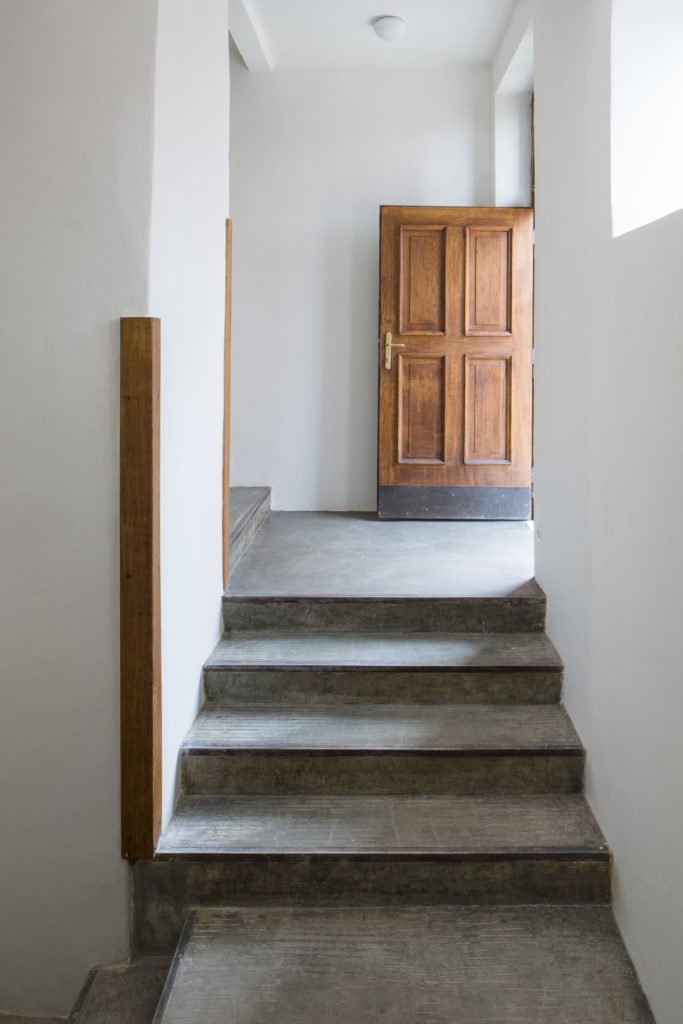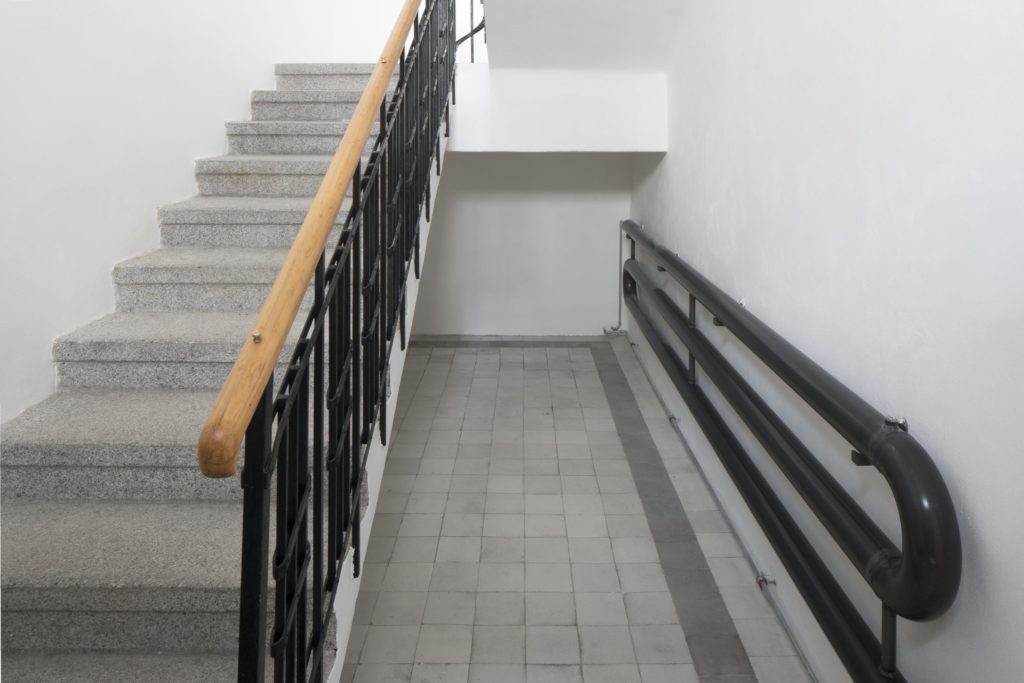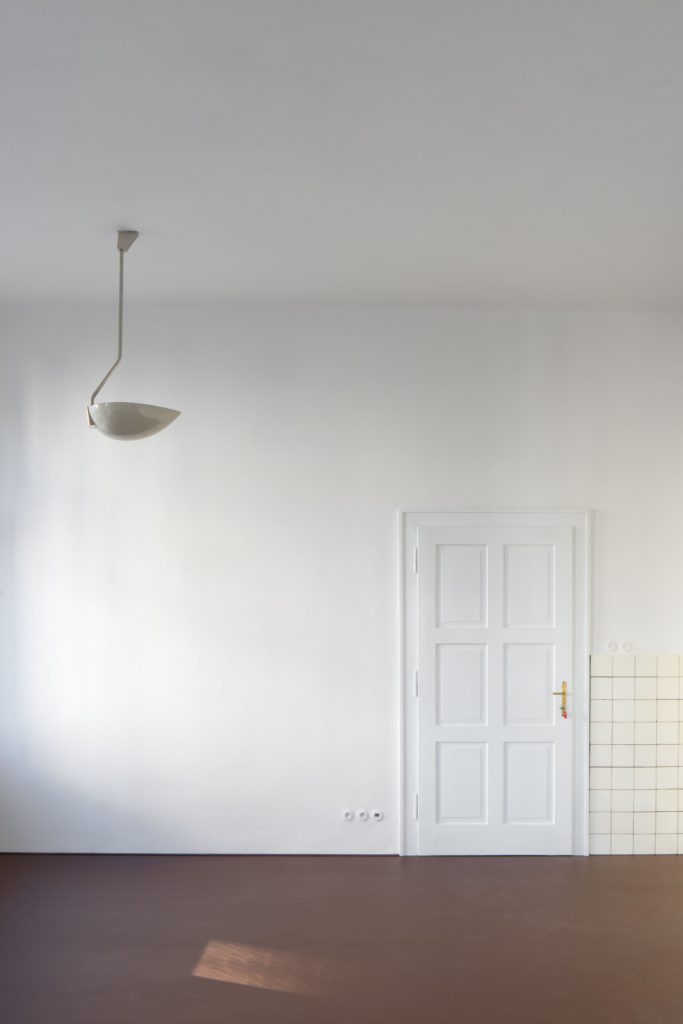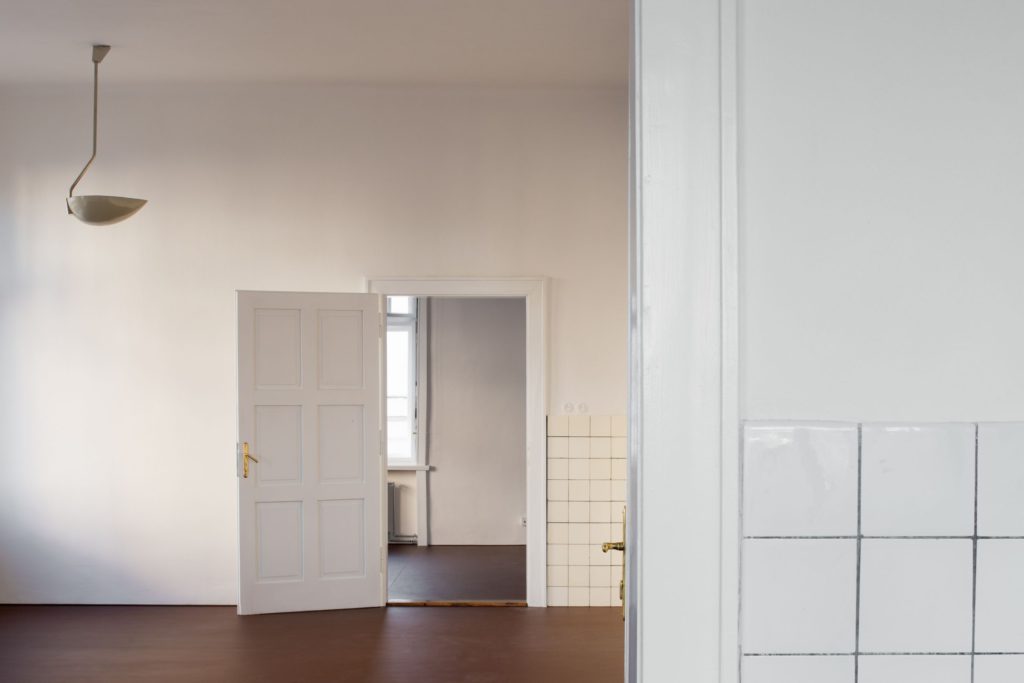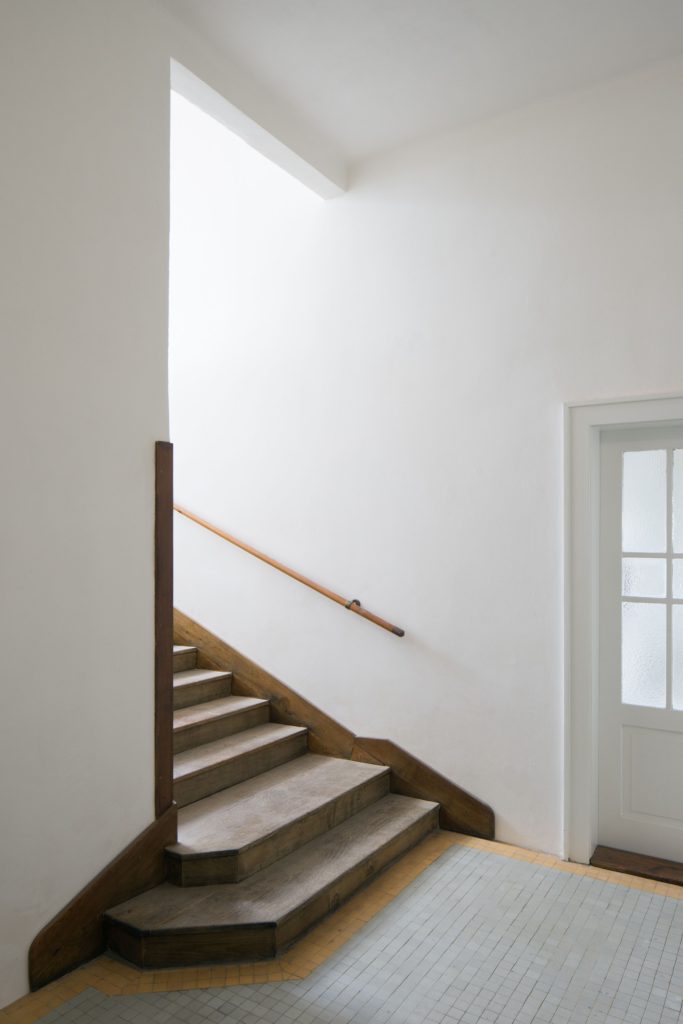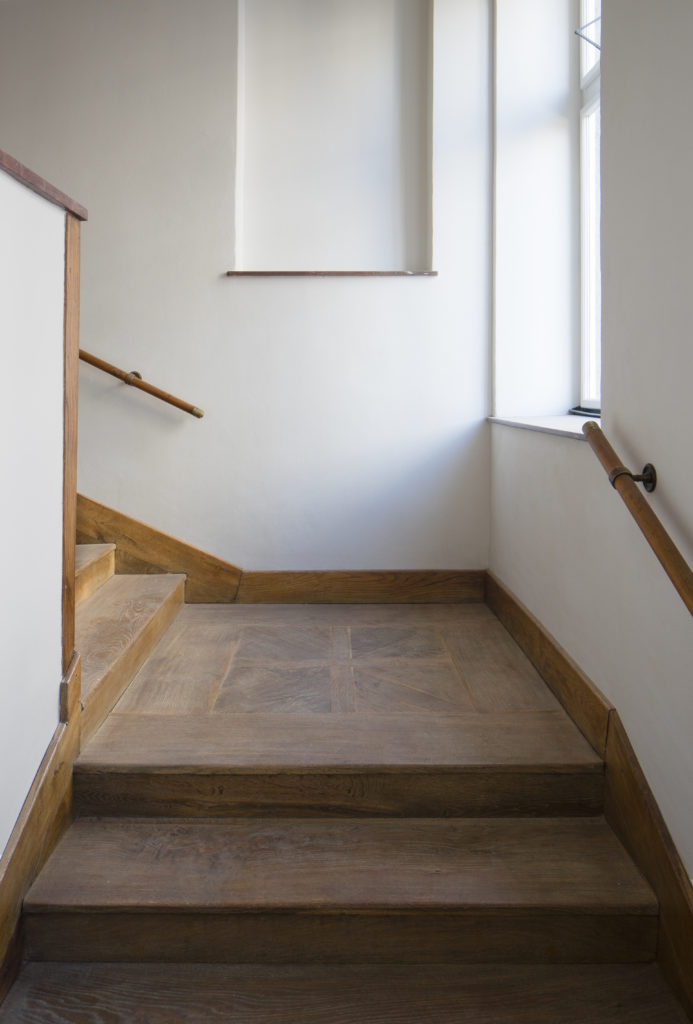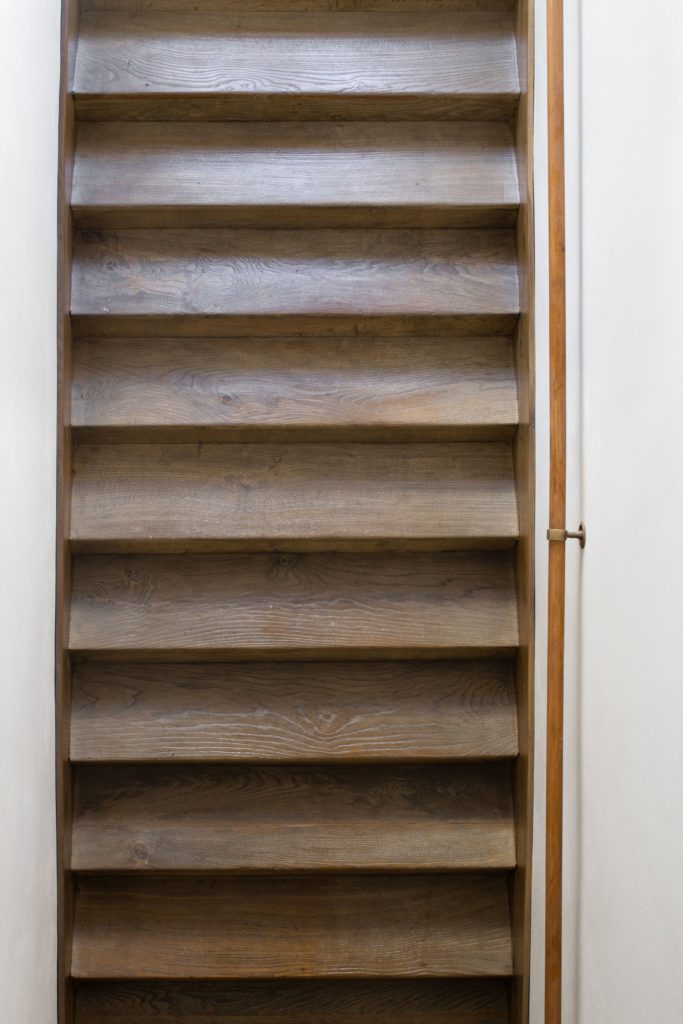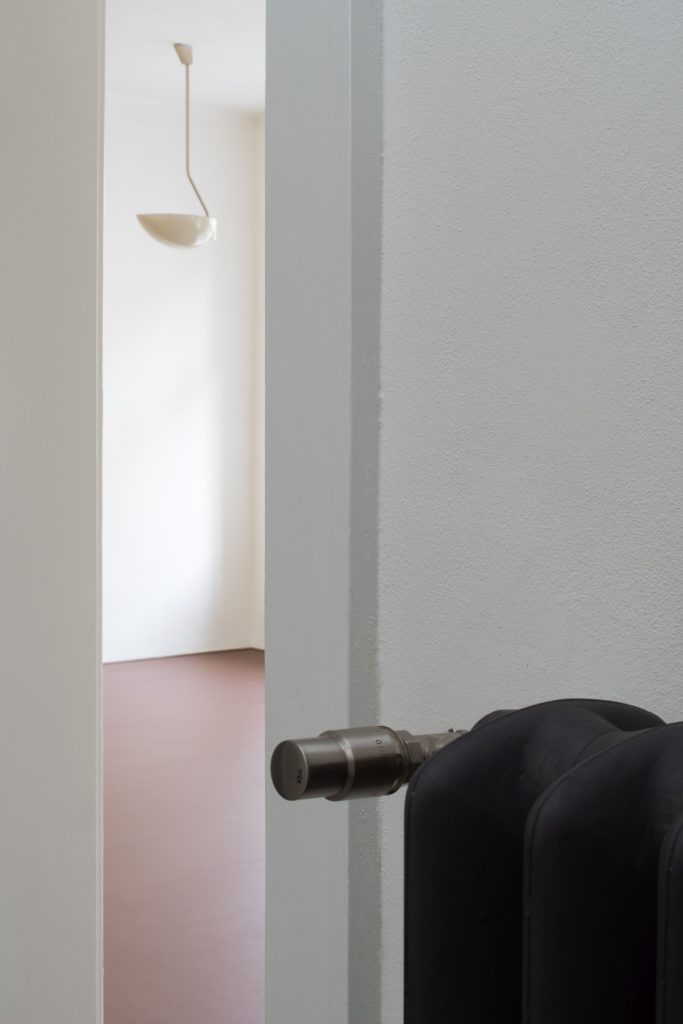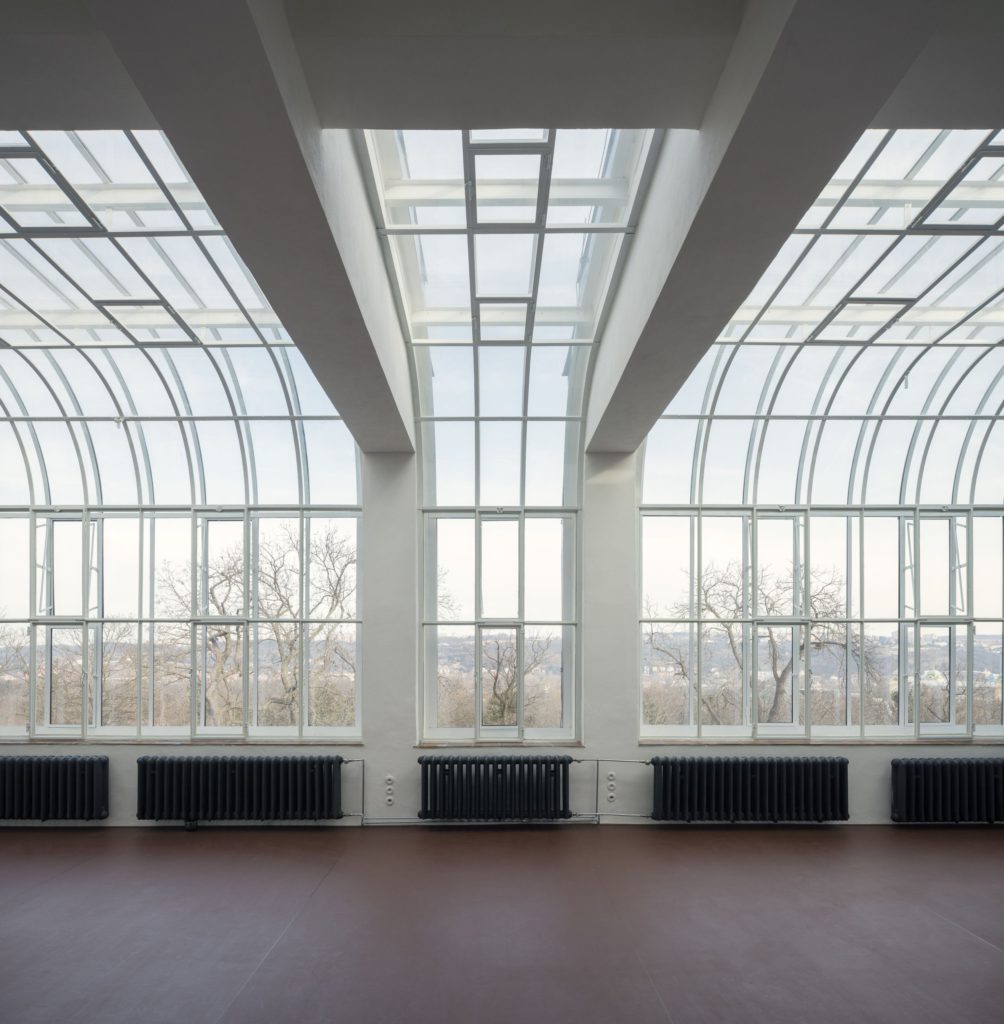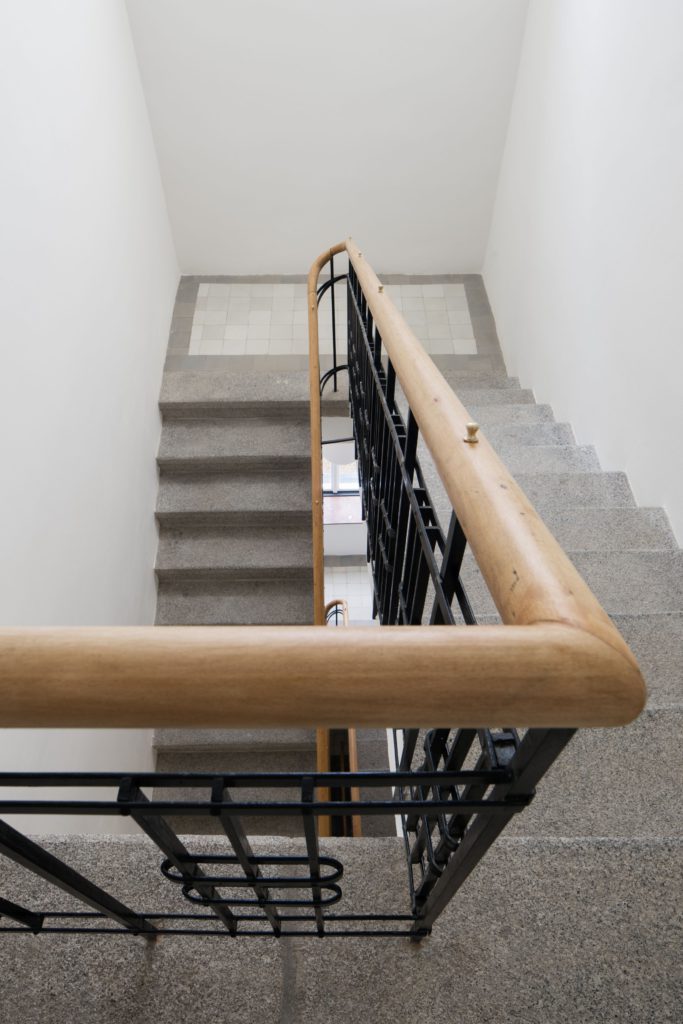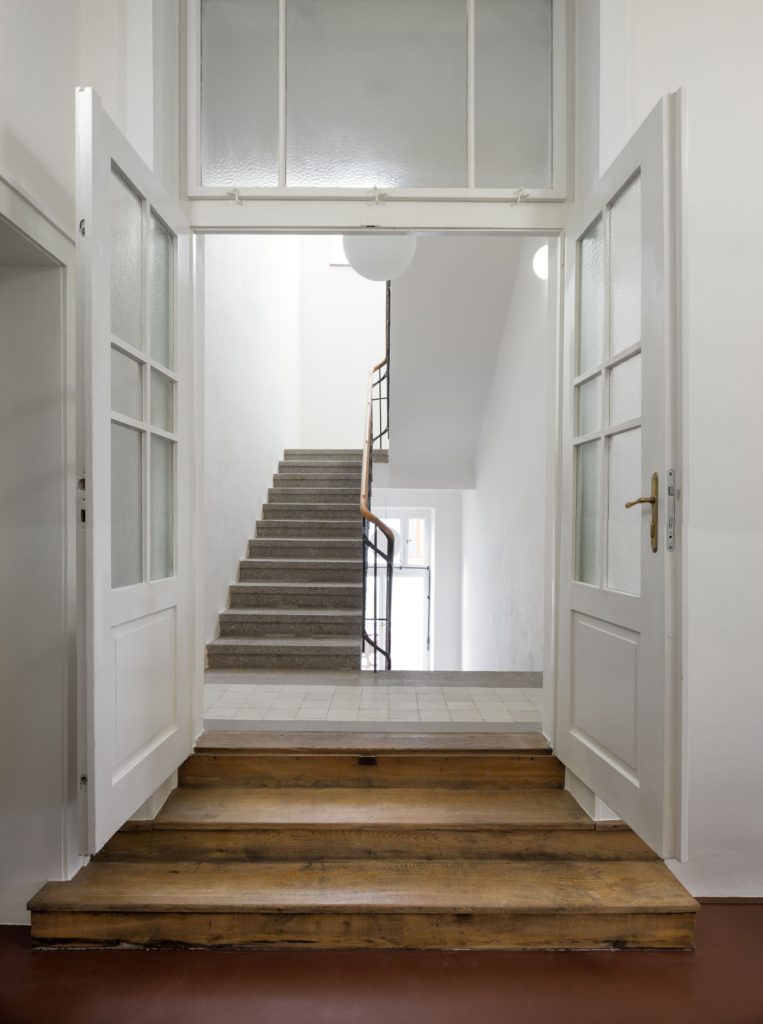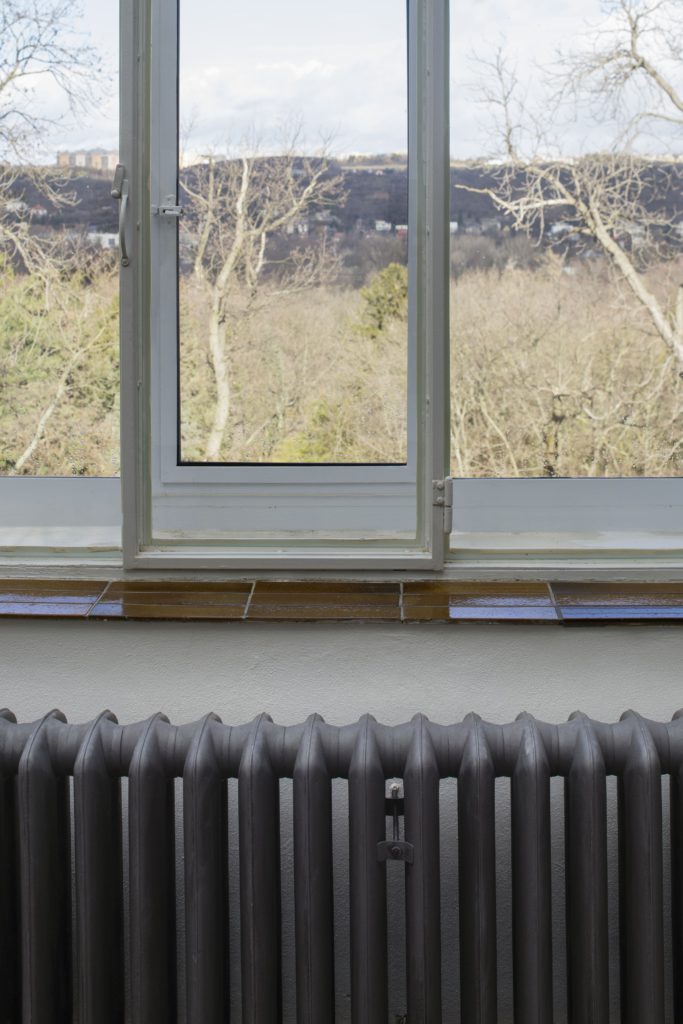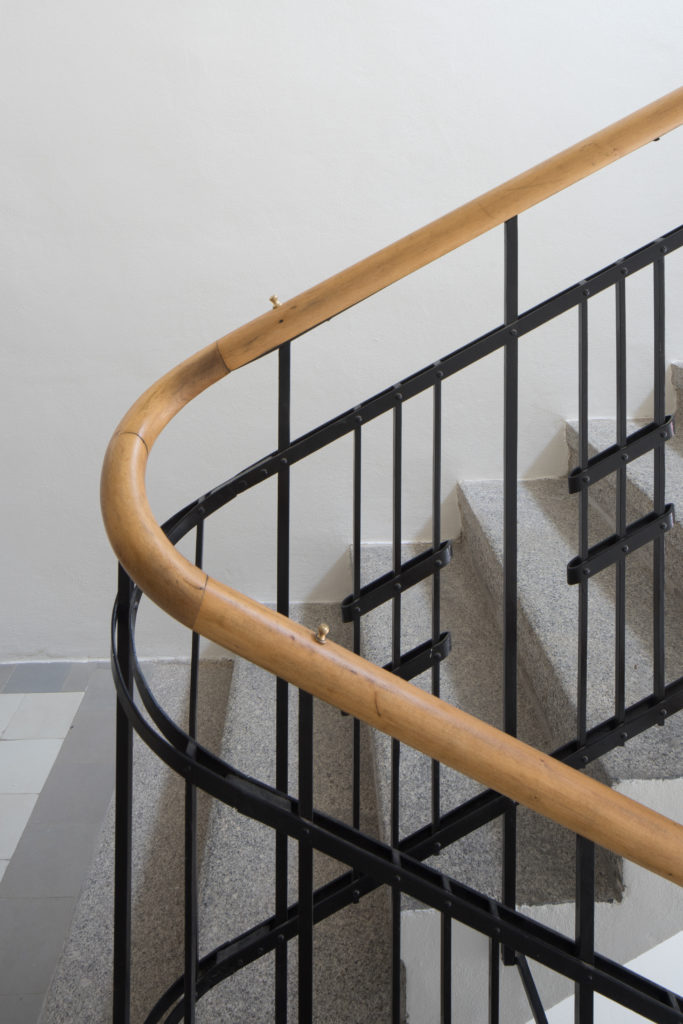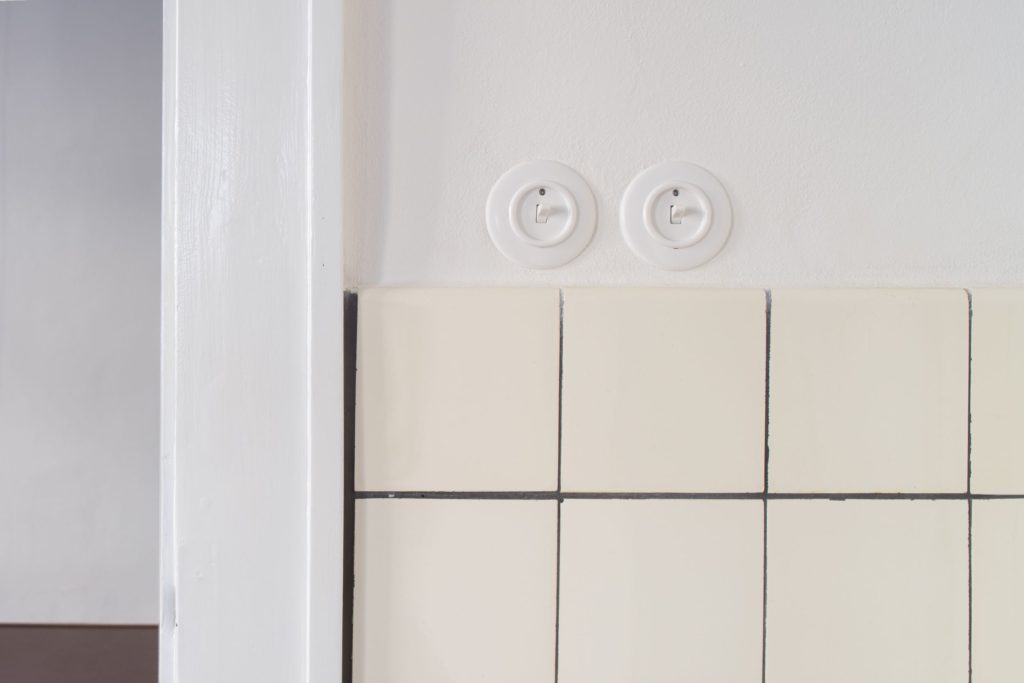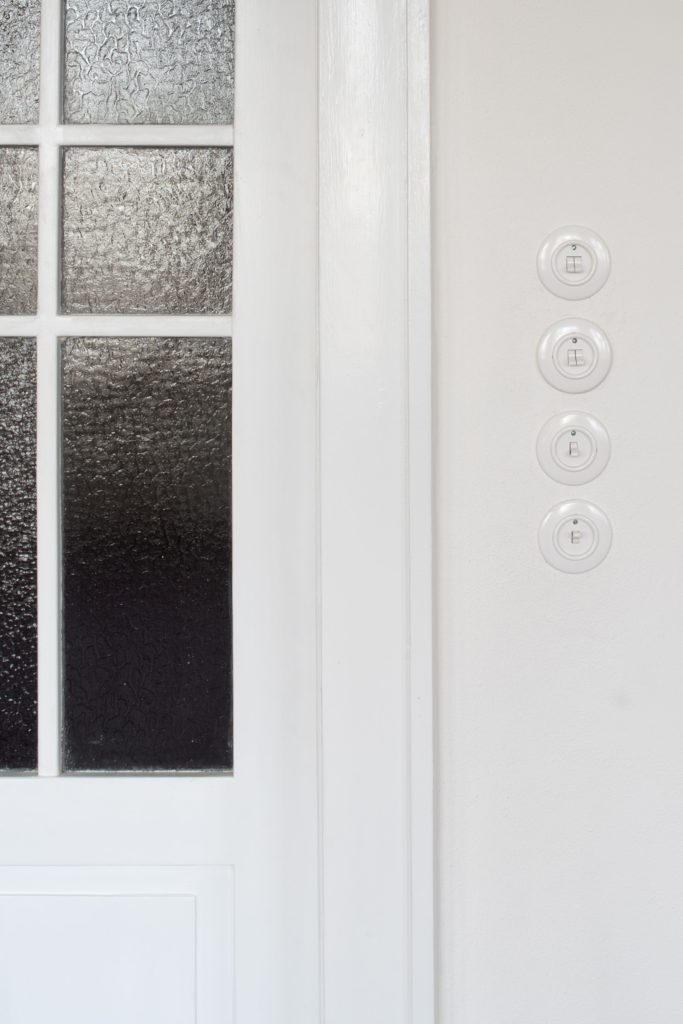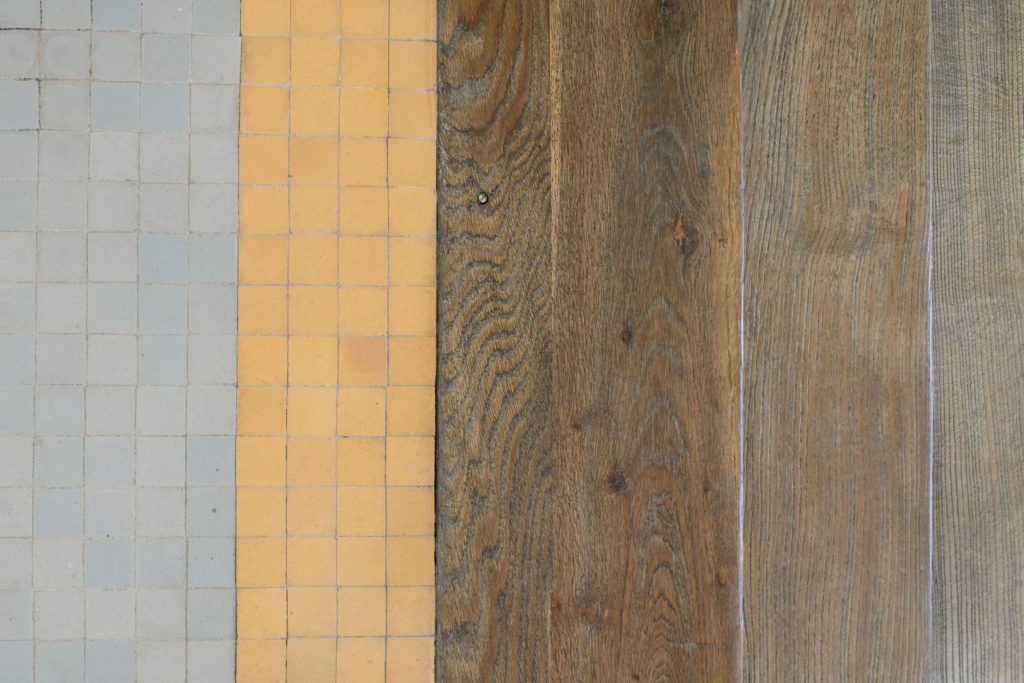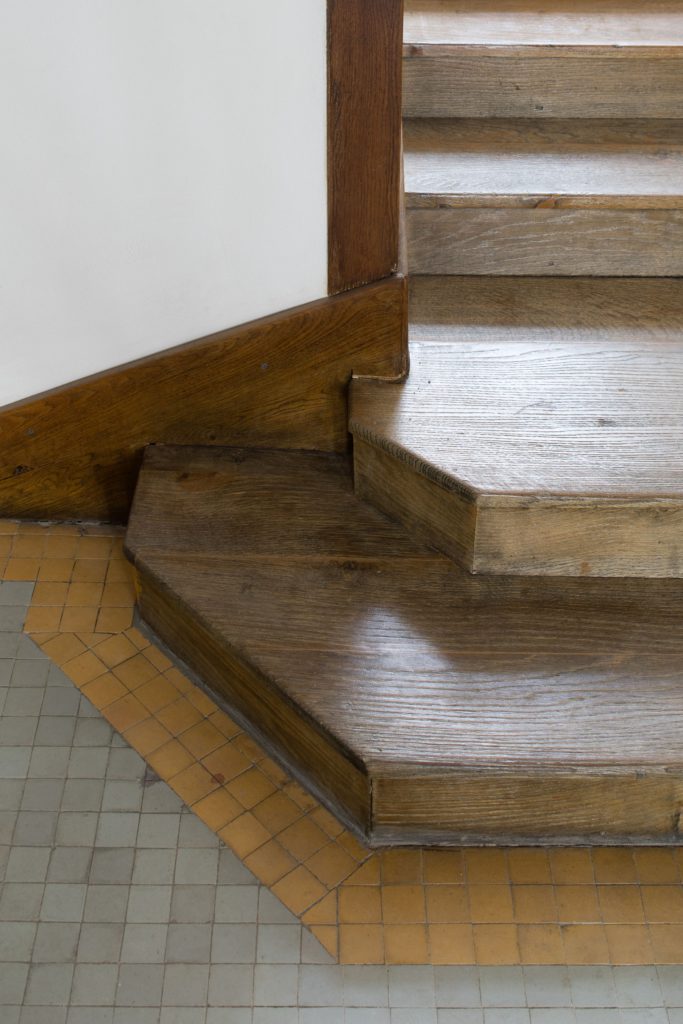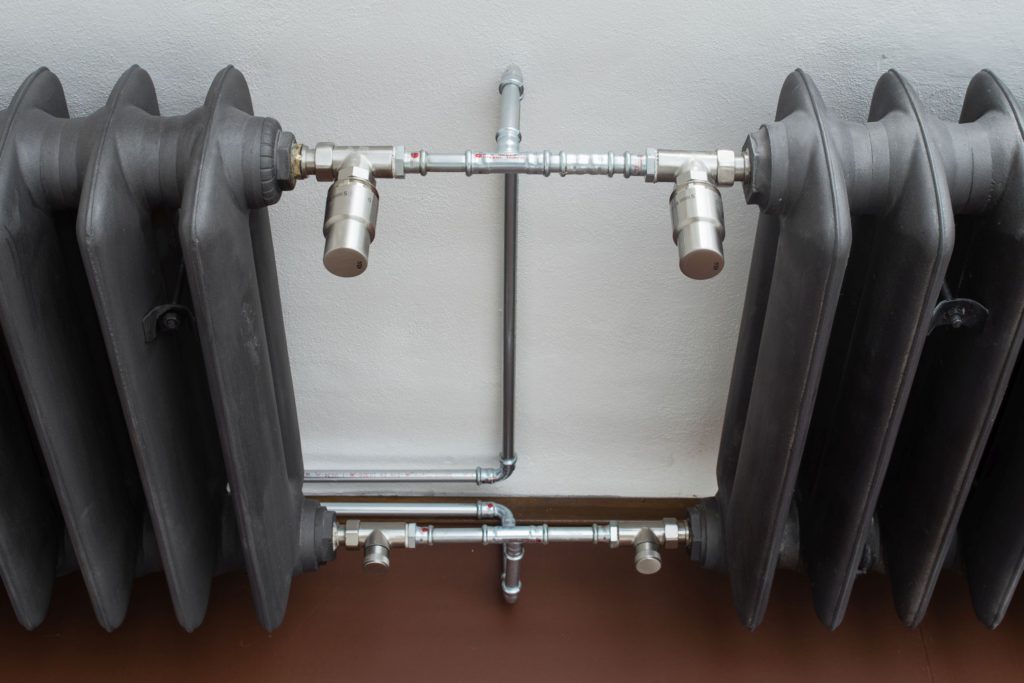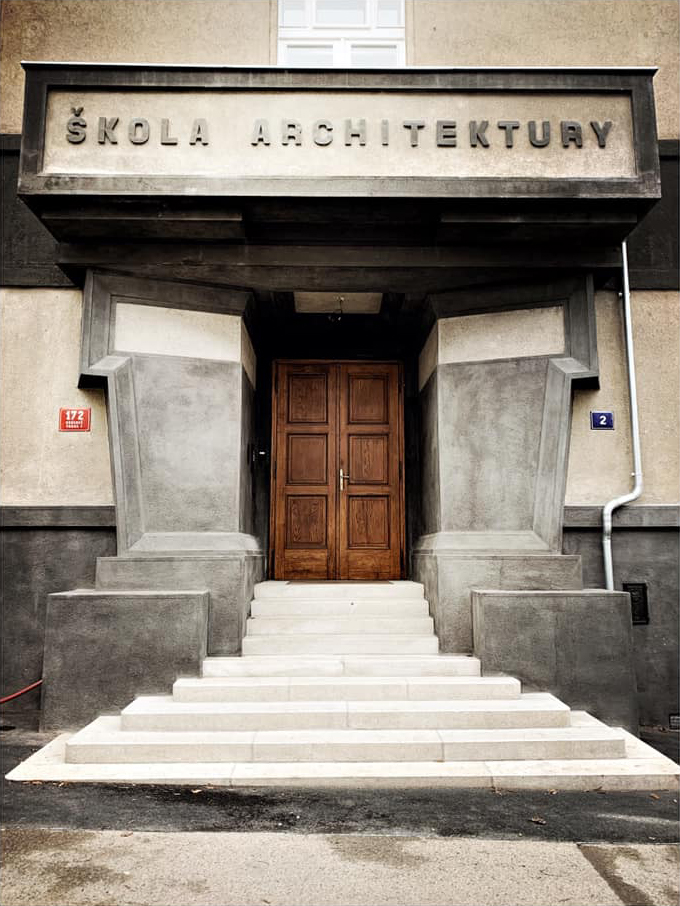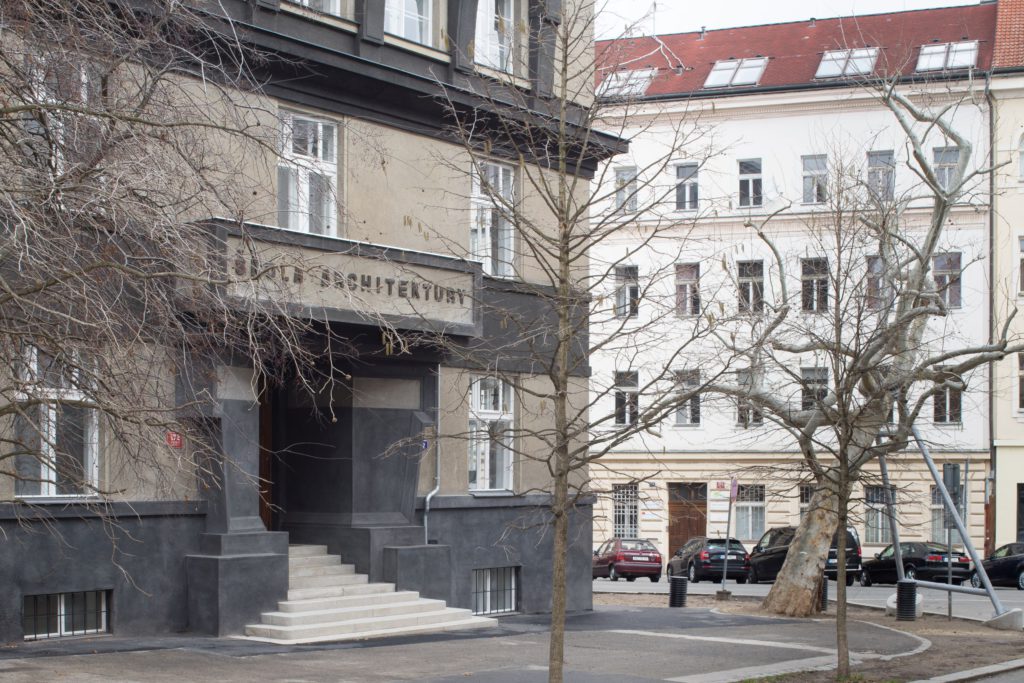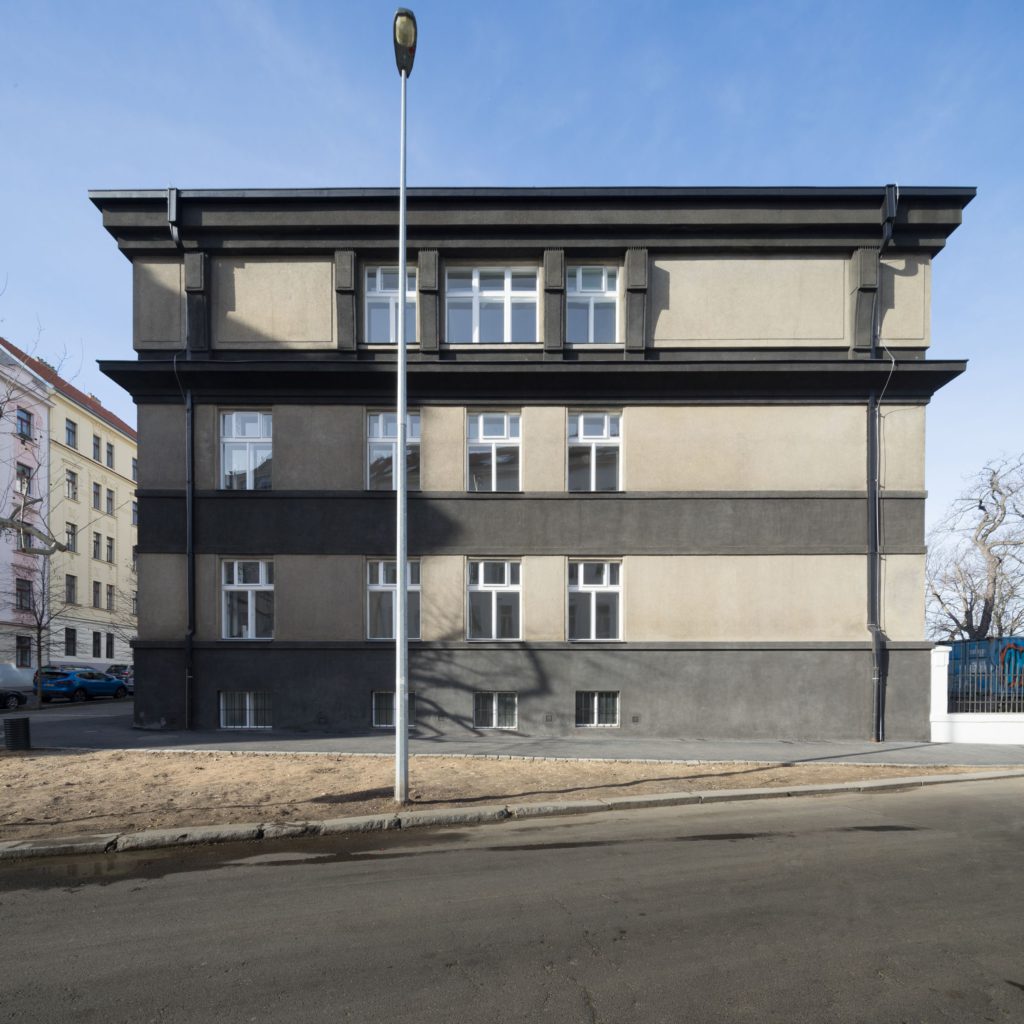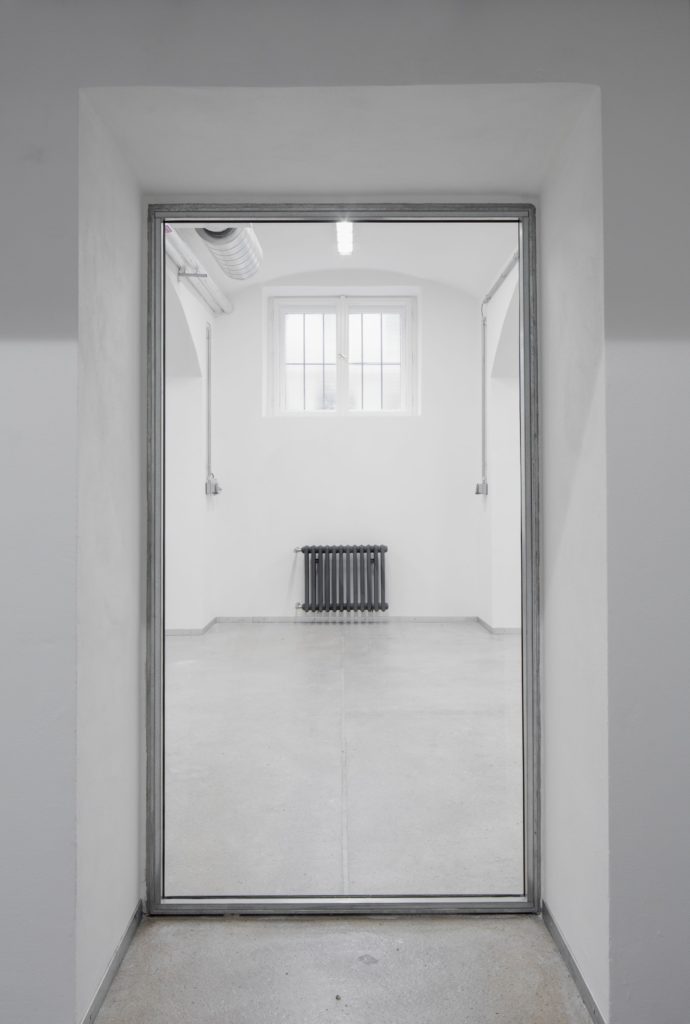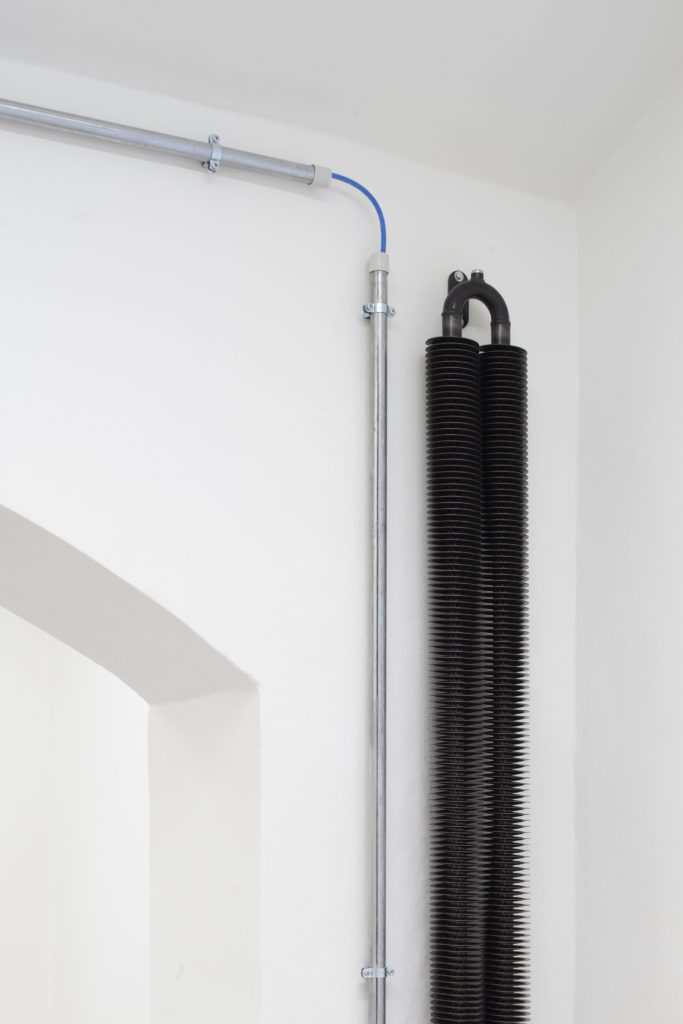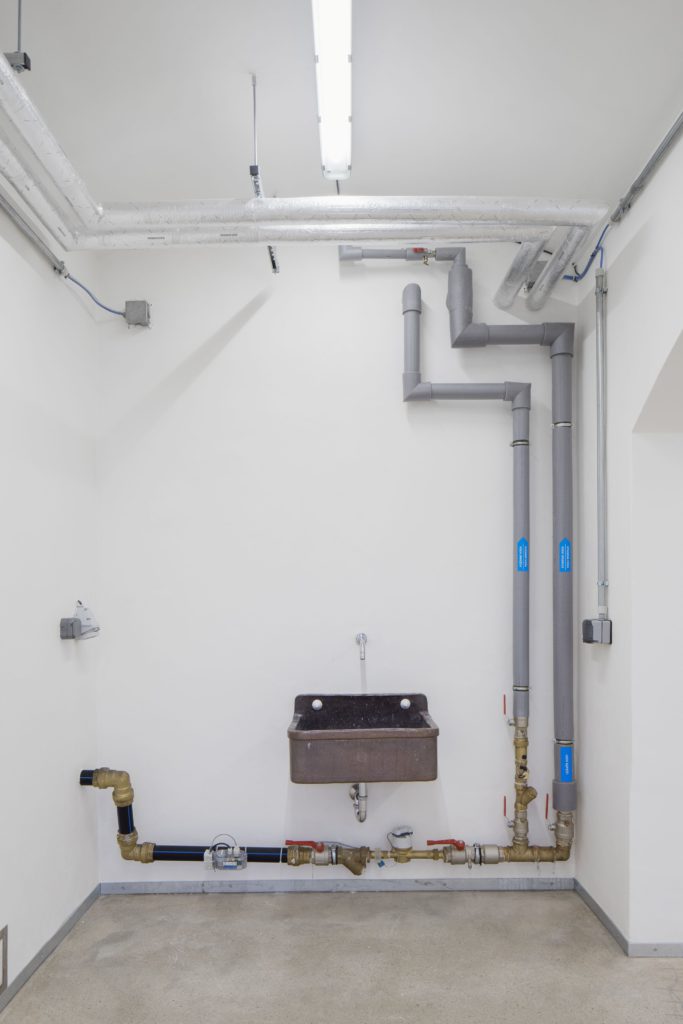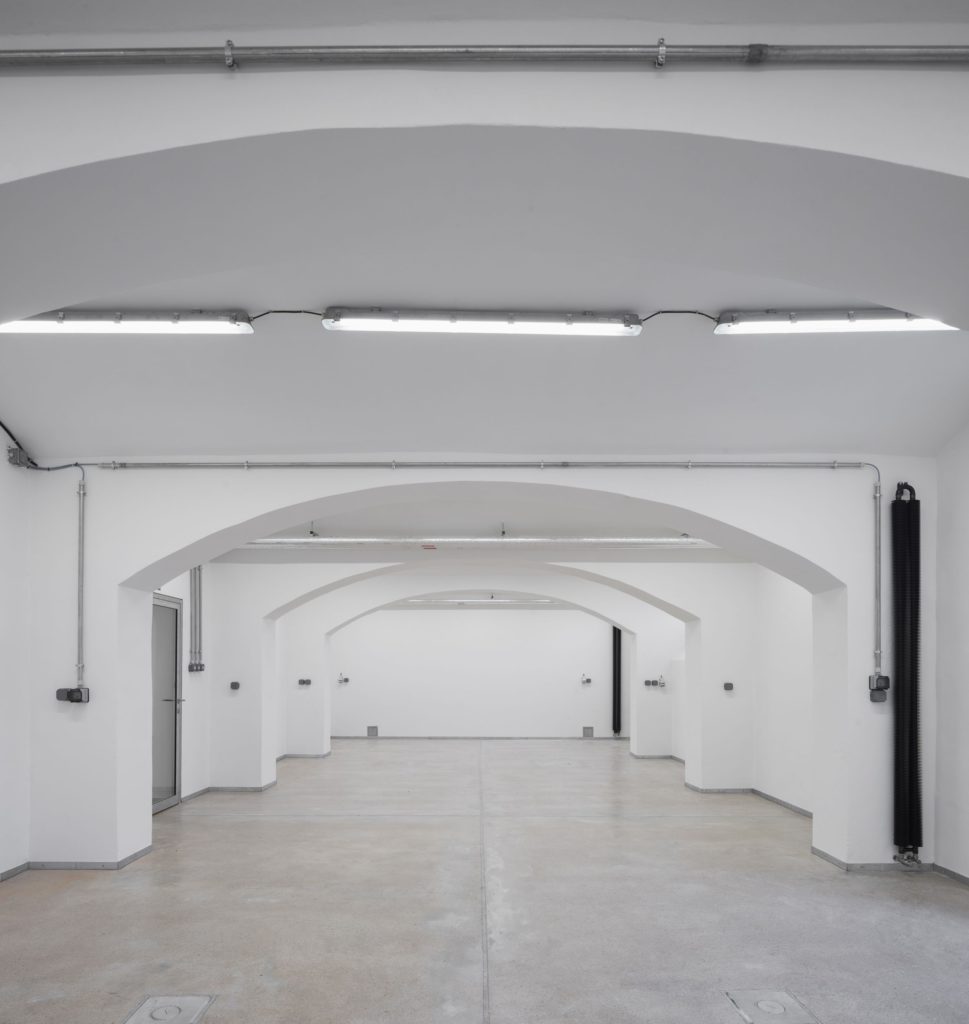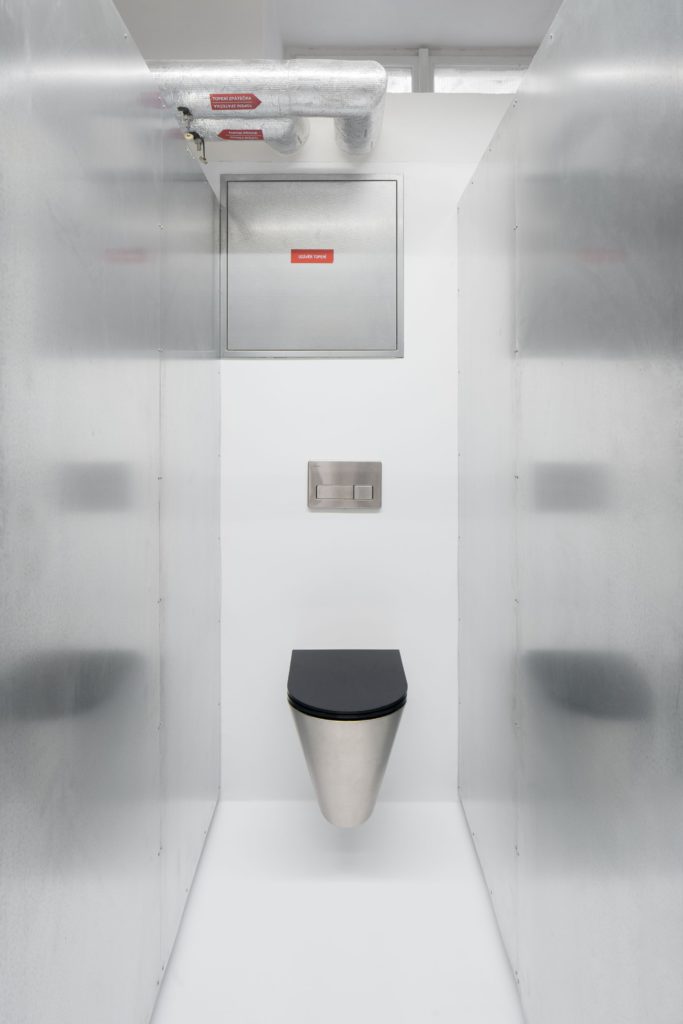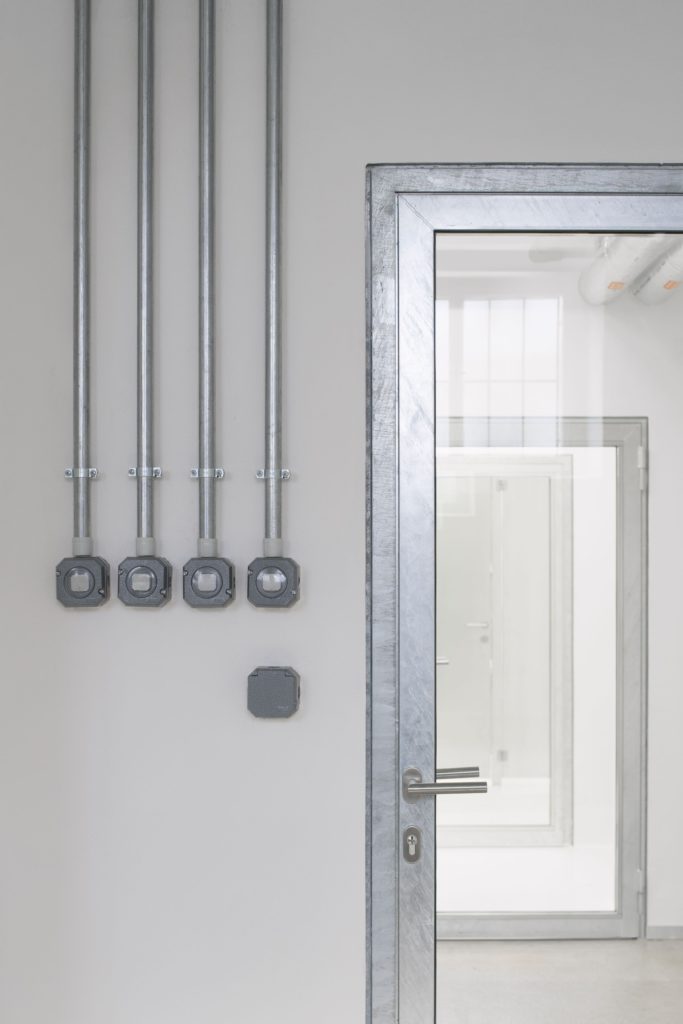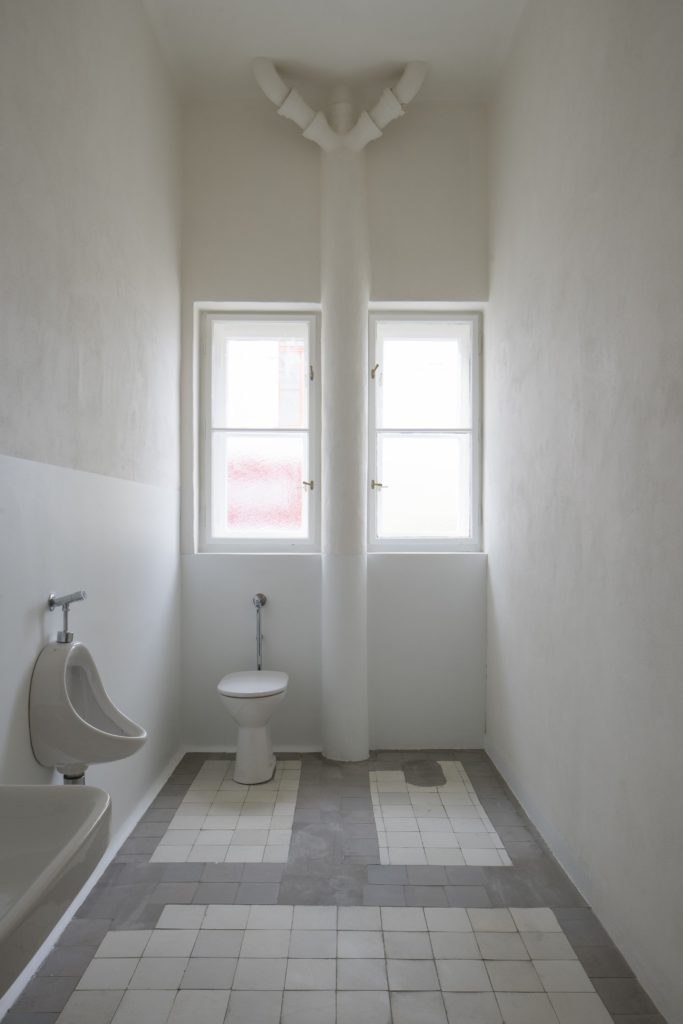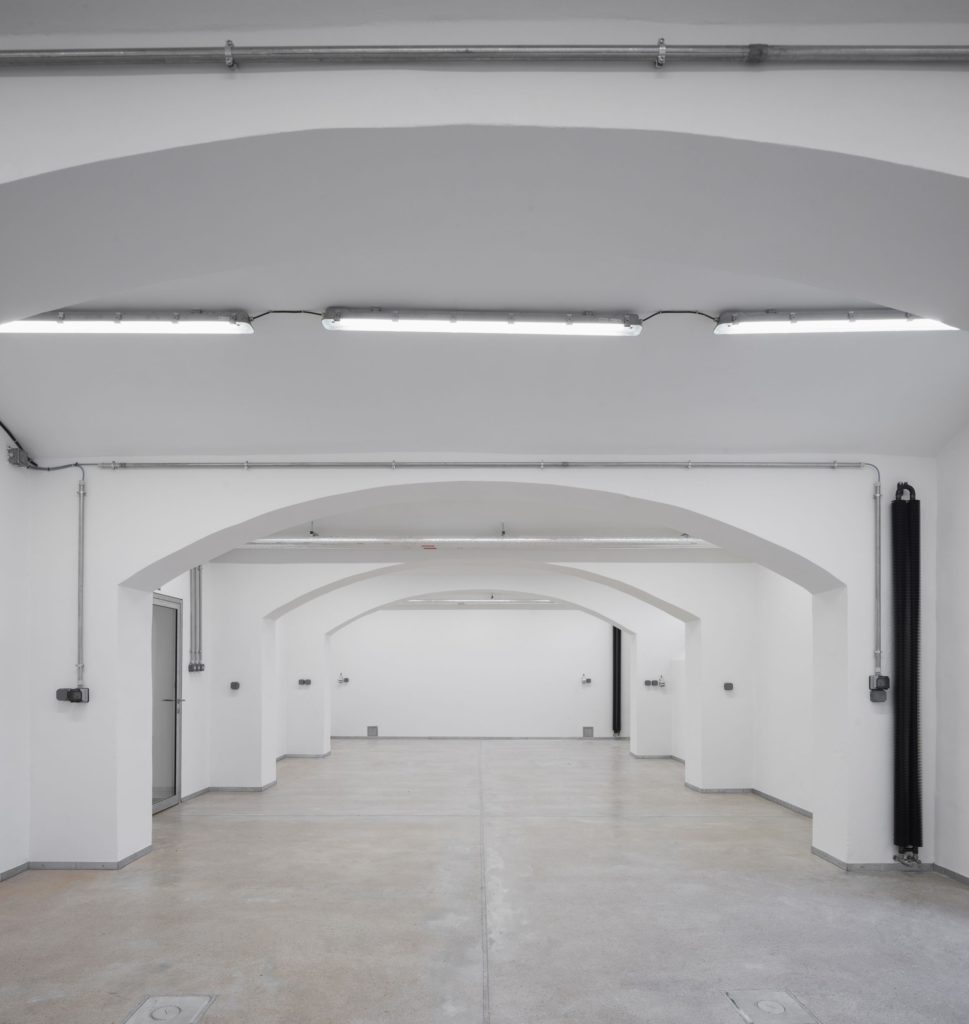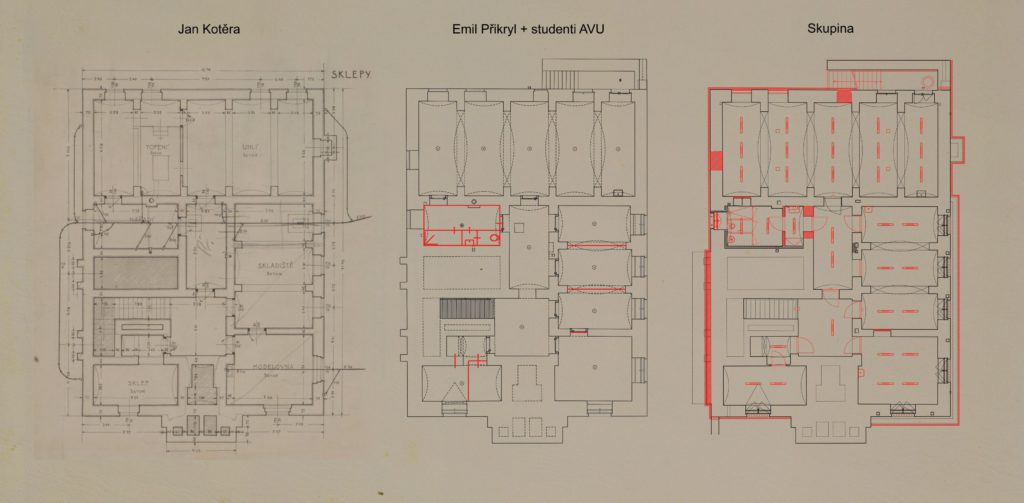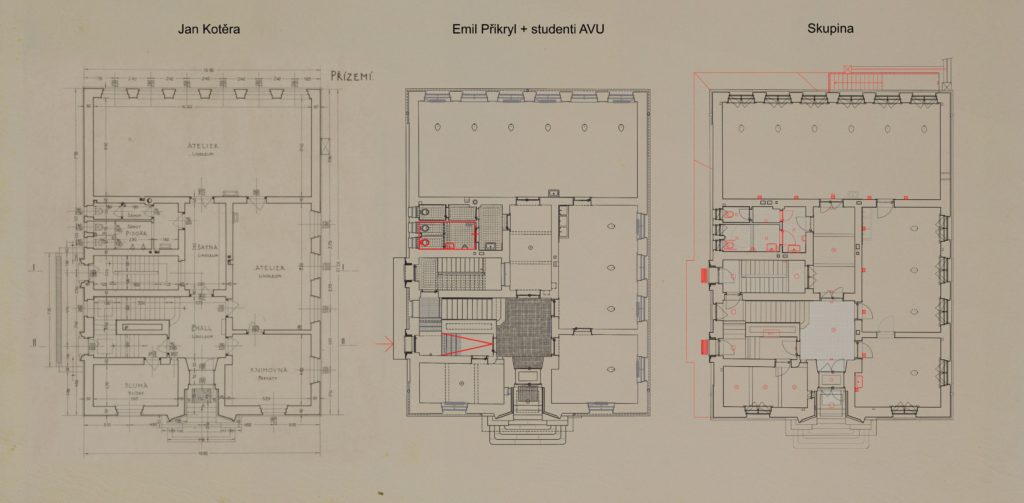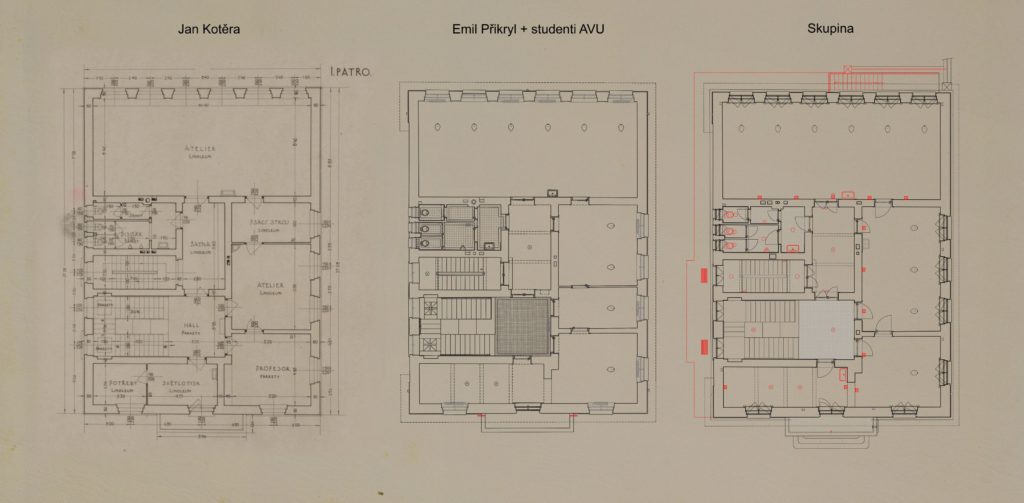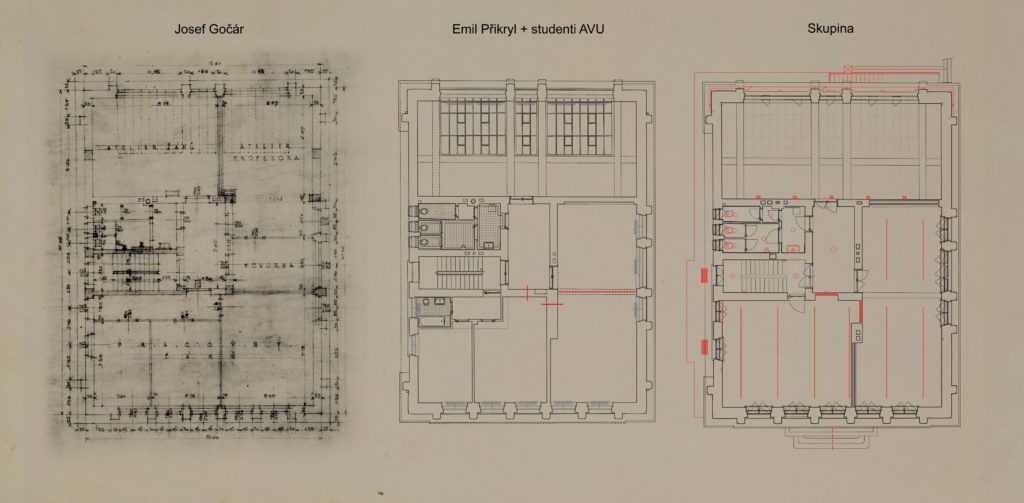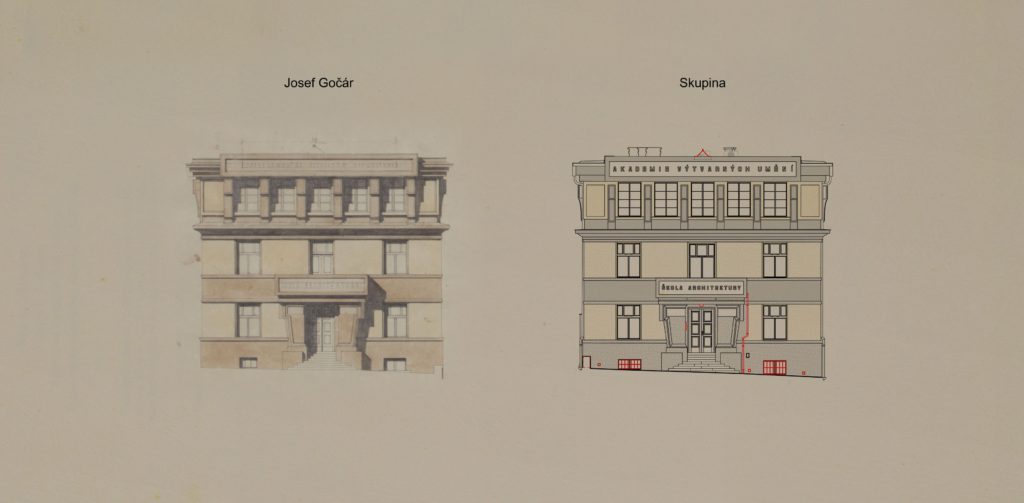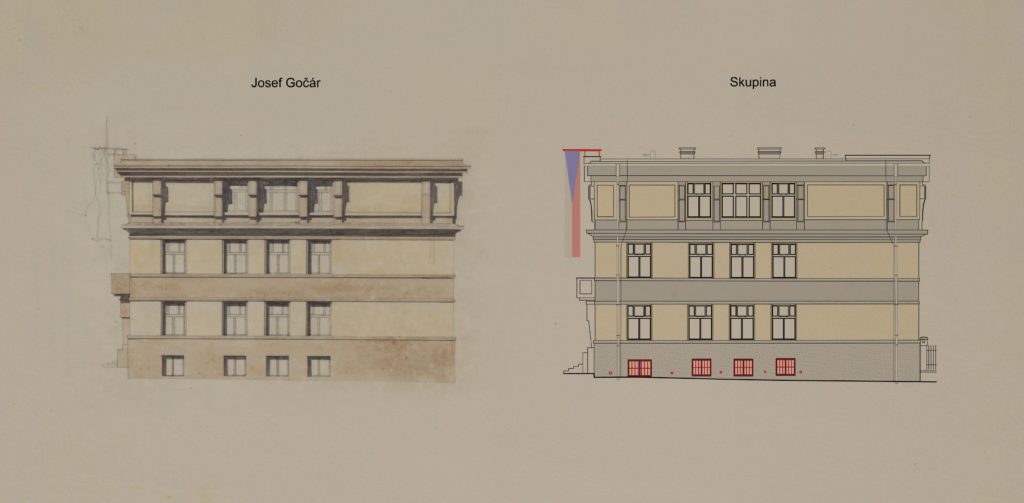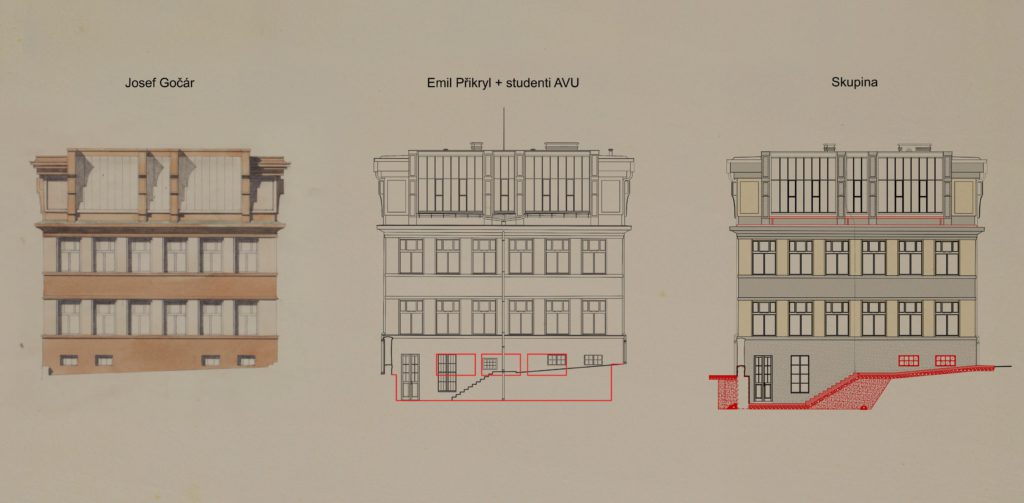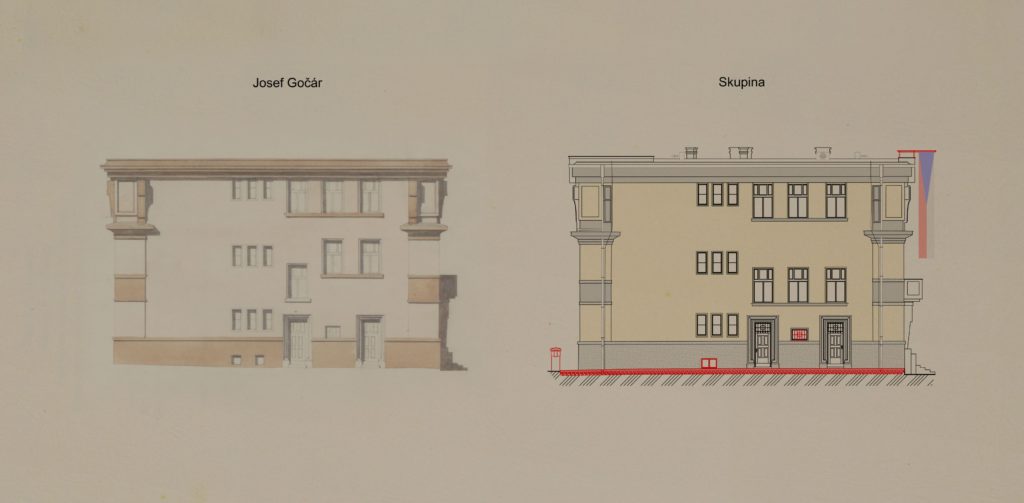Refurbishment of SA AVU
Praha
Competitive dialogue: 2018
Project: 2018 - 2019
Realization: 2019 - 2020
Author: Marcela Steinbachová
Co-author: Vít Holý
Investor: Akademie výtvarných umění v Praze
Project Concept:
Our approach to the renovation of the School of Architecture was highly respectful towards the building and everyone, who participated on its development. Following up on the work of the two most significant icons of the Czech architecture during the First Republic (Jan Kotěra and Josef Gočár), we have removed all the ill-suited interventions in order to return to the original character. Our attempt was to pursue the generosity of the original solution while adding contemporary elements and without harming anything that was preserved. Despite all the new additions, it was key for us to maintain the school‘s authenticity.
Project Description:
The School of Architecture was established in 1910 by the architect Jan Kotěra. His student Otto Wagner from the Viennese Academy and also the founder of Czech modern architecture created a project for the building as a one-storey construction with an attic in the modernist style complemented with cubist elements by the portal of entry. After Kotěra’s death, the architect Josef Gočár became his successor and embraced the building in his distinct fashion, added a dramatic new floor with a flat roof and proto-functionalist windows in the studio facing the north. Partial adjustments of the spatial arrangements were executed after the war by Jaroslav Fragner and František Cubr. The last subtle interventions before our renovation were done by Emil Přikryl.
Since Josef Gočár’s work, the building had not undergone any major restoration, suffered from humidity in the basement, falling plaster, windows and doors were in emergency condition, floors and metalwork elements were deteriorating and the entry staircase was falling into ruin. Nonetheless, the building was preserved in a very authentic condition with a number of original elements.
The proposal designed by the Academy students under the lead of Emil Přikryl and his assistants was based on maintaining the maximum authenticity and aura of the building. We attempted to follow this proposal.
Technical Information:
Façade and metalwork:
Due to the limited time for the proposal and execution, the renovation needed to be divided into several stages. Exterior plaster and metalwork pieces were renovated directly by the restorers from the Academy, professors together with their students. Despite the time pressure, a significant emphasis was put on researching the original materials and mixtures. With an exception of severely damaged spots, the plaster was repaired and “patched”. The metalwork turned back to its dark grey colour and unified the façade to emphasise its fragmentation. Removing the unoriginal drainpipe in the centre of and defacing the northern sculptural façade was essential. After an immense effort concerning the statics and negotiations with representatives of heritage preservation we managed to remove the unoriginal pair of flagpoles on the southern façade and instead we have placed a replica of the only original console on the building’s roof from Josef Gočár.
Interior:
Out of all the original wooden windows and doors it was necessary to replace with a replica only one door in the English courtyard. All others could have been restored. Under the layer of plywood, we discovered original sections of window sills, which could be also restored. In the bathrooms and studios both the original and new tiling as well as the original flagging remained, all staircases including the railings were refurbished. After pressure testing the preserved radiators were also refurbished together with the remarkable lighting by Jaroslav Fišer. New floors in brown were chosen after analysing the original linoleum and as a result they are almost identical with the original mixture. According to the rather ambitious demands from the commissioner, almost all the installations were changed to achieve the highest quality of facilities. Hence, we have added a new layer of endpoints such as lighting, radiator valves, sockets and switches, water closets, basins and batteries as well as blackout roller shades, the choice of which was particularly careful.
Dehumidification and basement:
The problem with the long humidified building was solved with a complex digging and sanitation of the basement with a continuous drenage. The new concrete floors in the basement are ventilated. During the construction a ventilation system was discovered at the southern and eastern basement wall; it was cleaned and re-opened. Such interventions enabled the complete renovation of the basement in order to be used as workshops for architecture students. In order to bring light into the underground levels, we have refurbished several walled openings and used transparent doors in galvanized frames. We have also created a new bathroom and a facility room. All the new interventions in the basement are treated in a raw technicist form dominated by galvanized metal plates, concrete floors and uncovered pipe system.
Photographs: Tomáš Souček, Pavel Nasadil, Skupina

